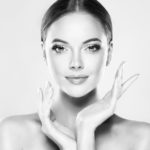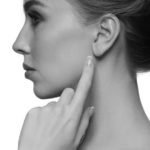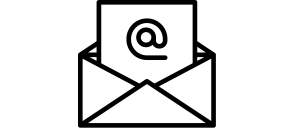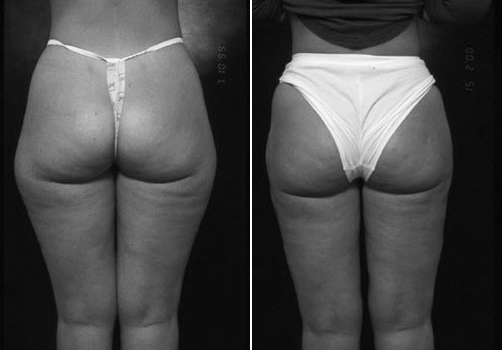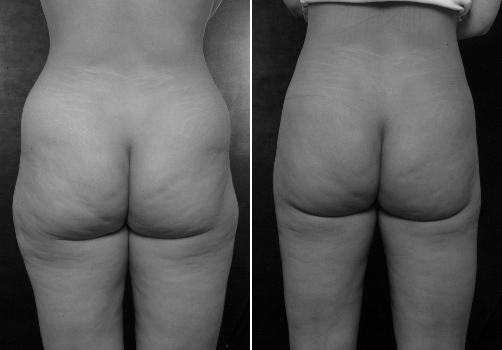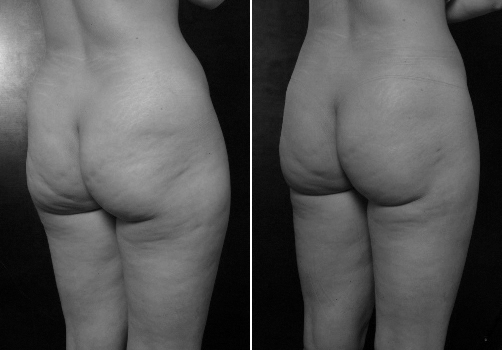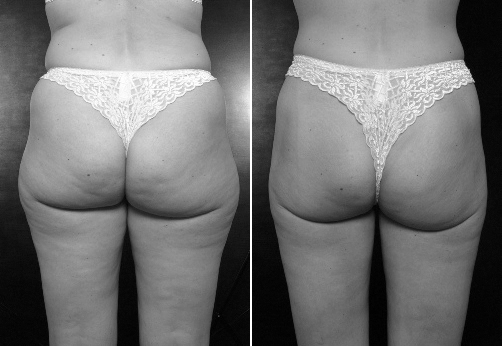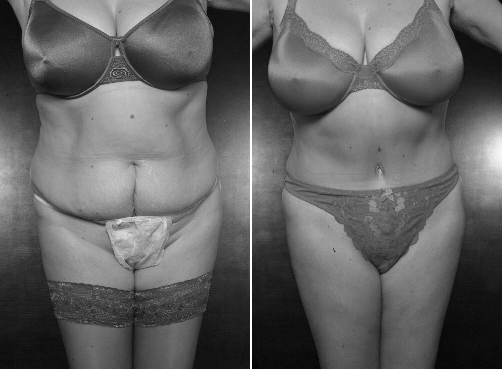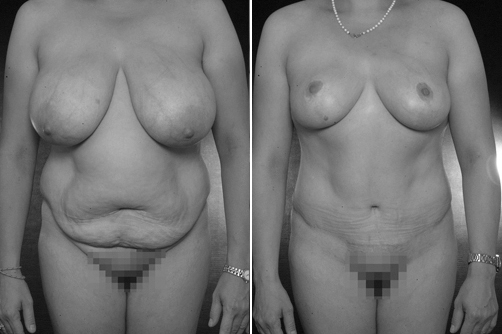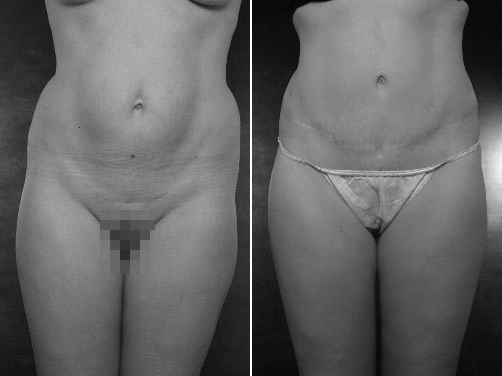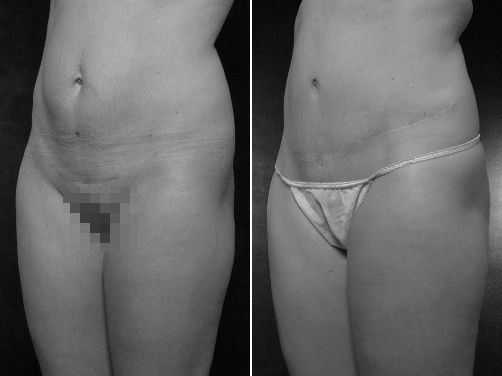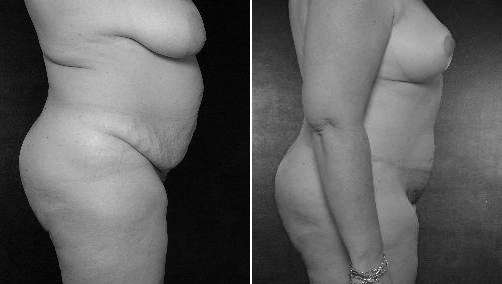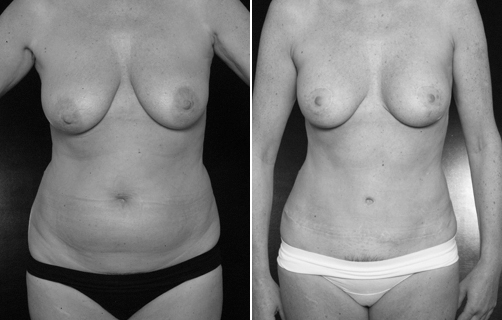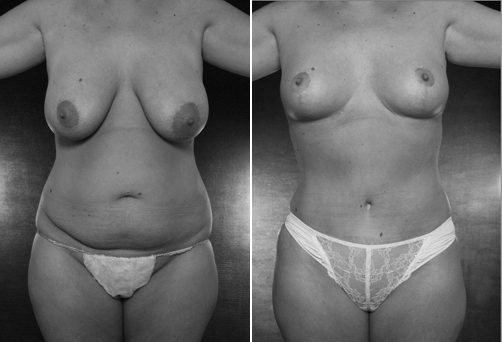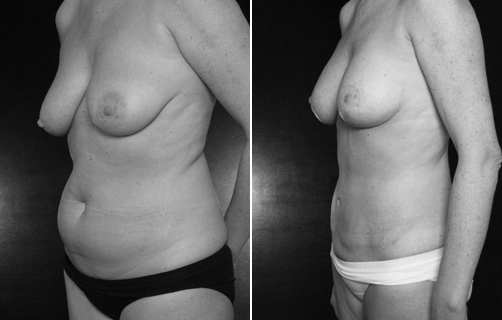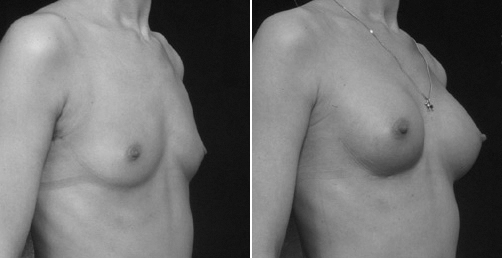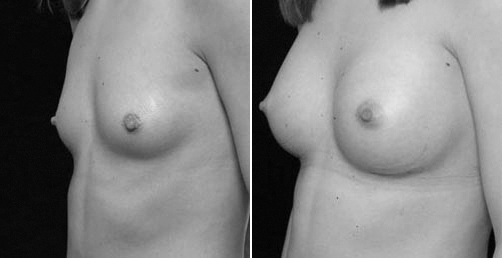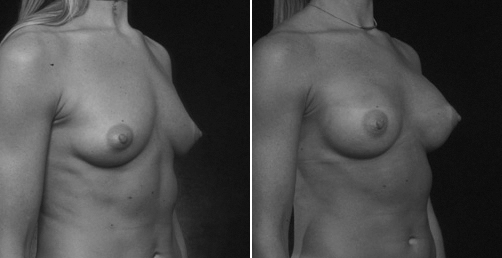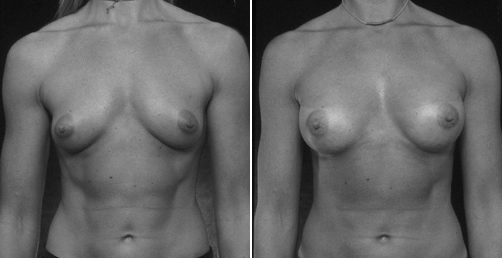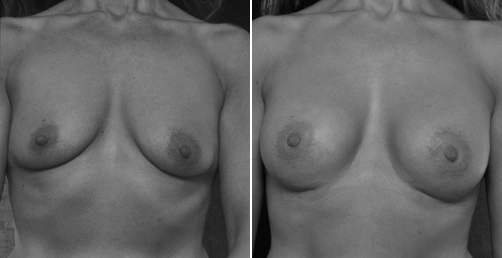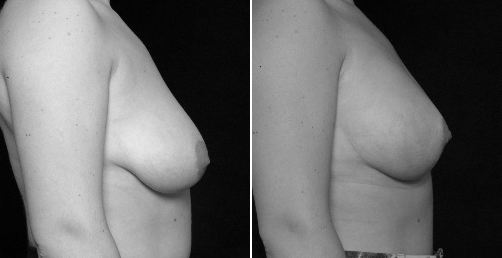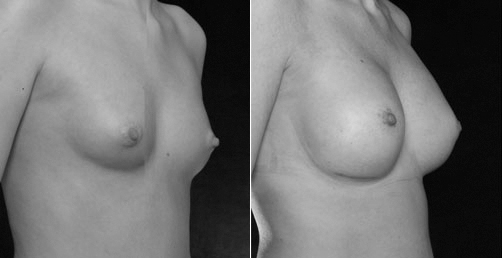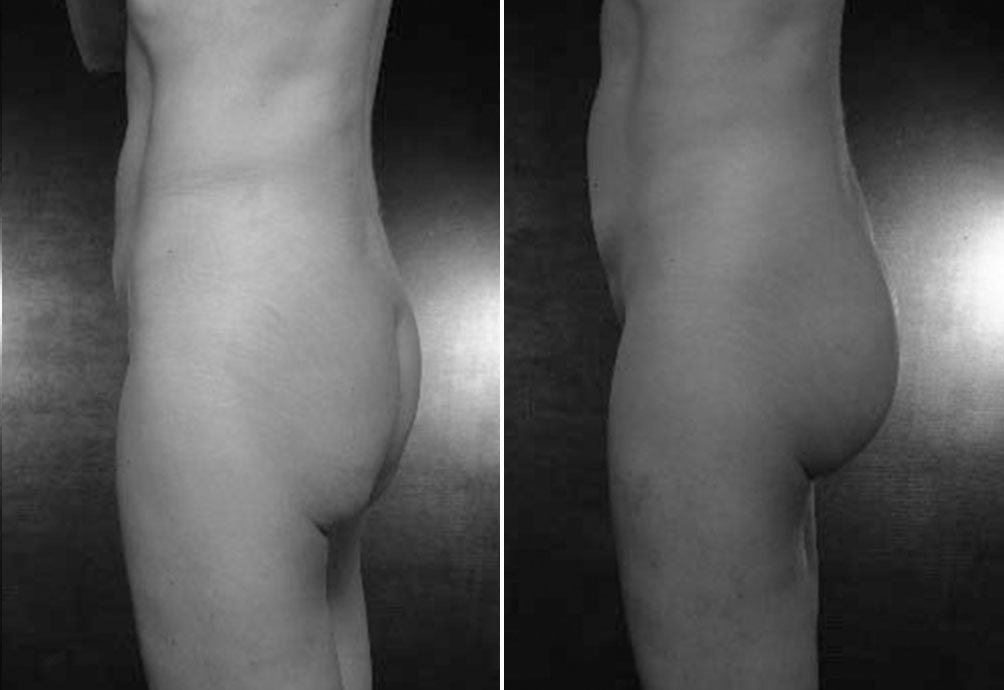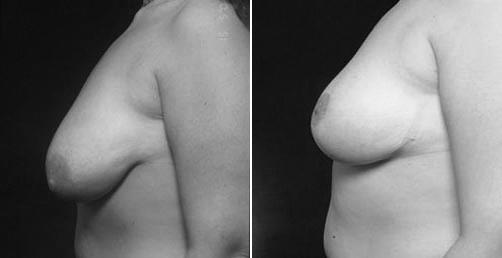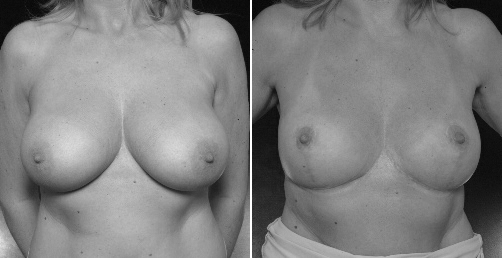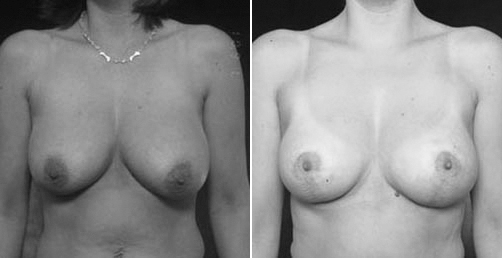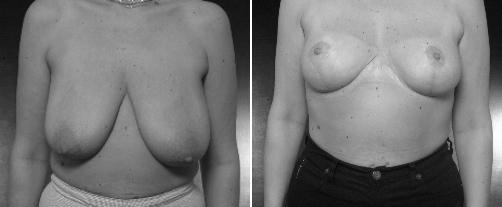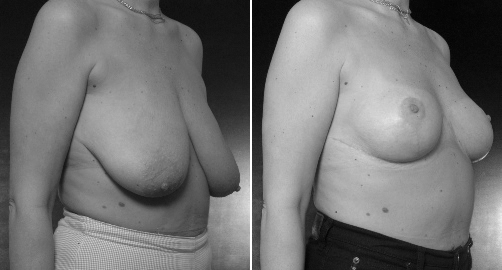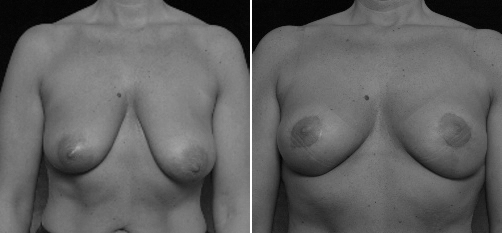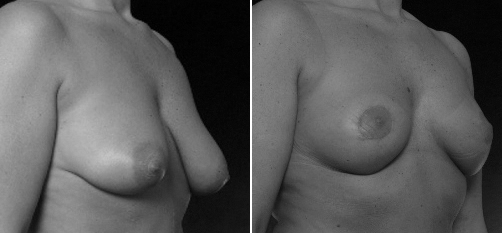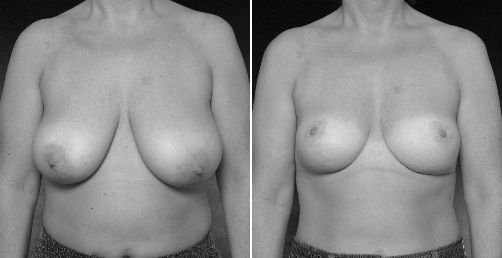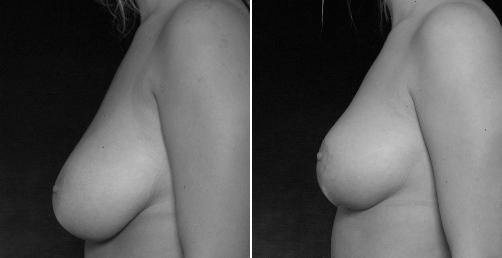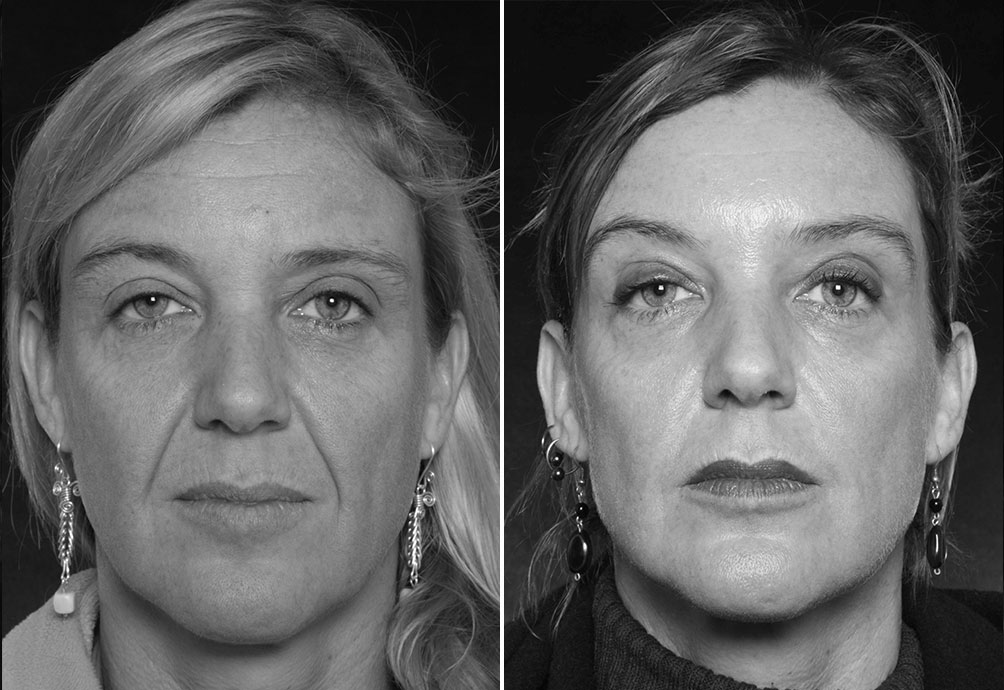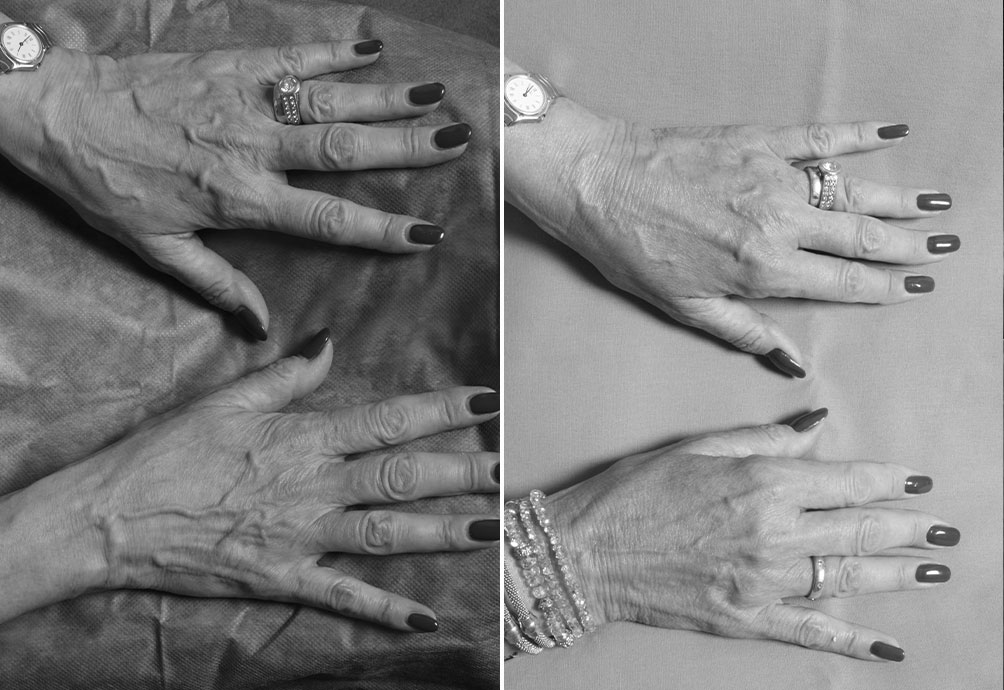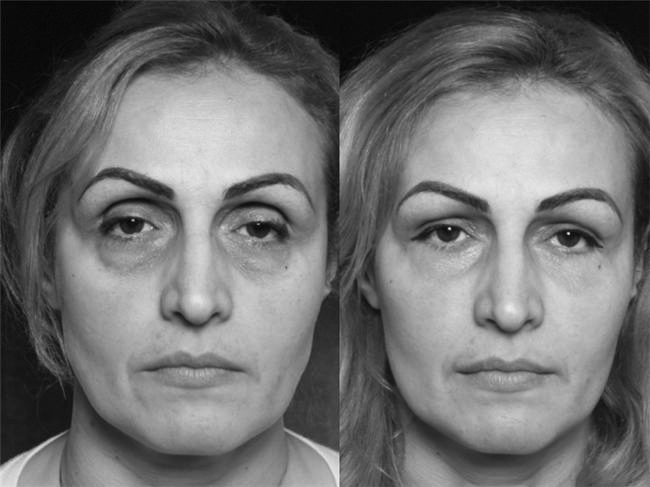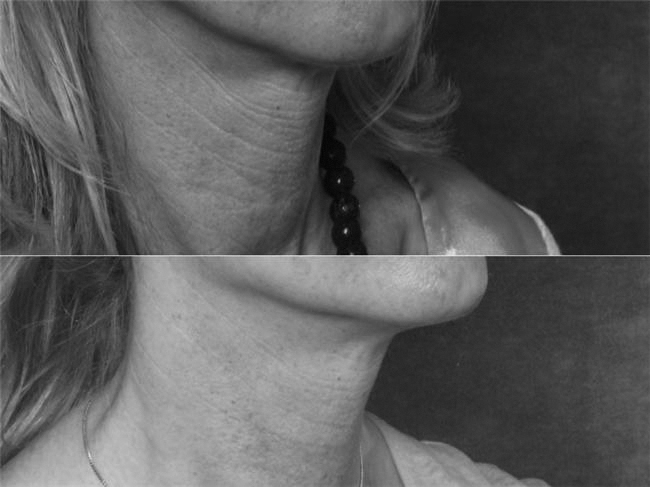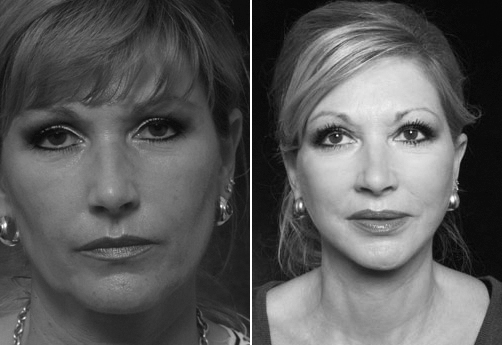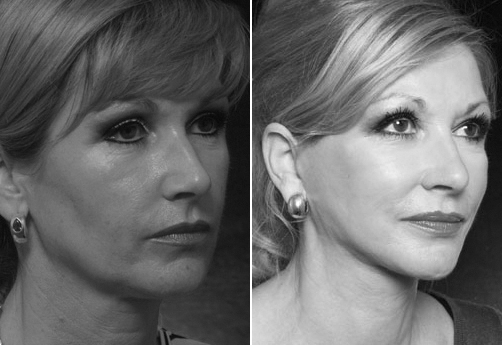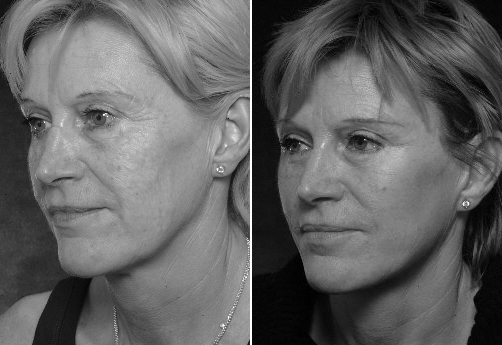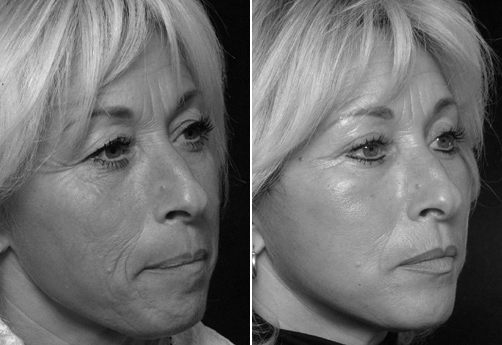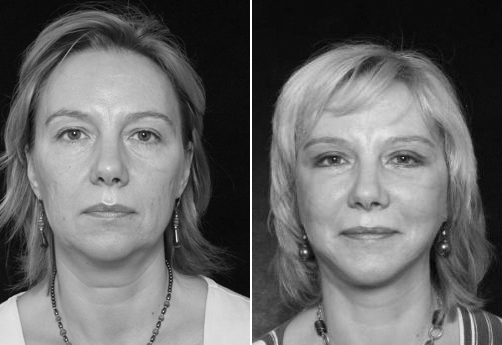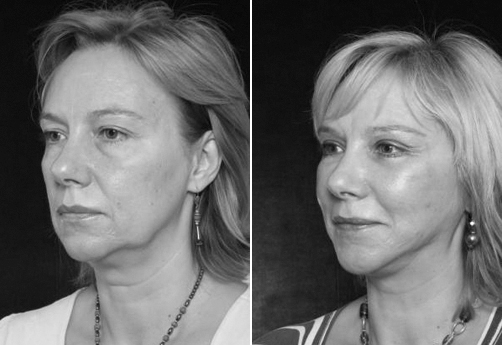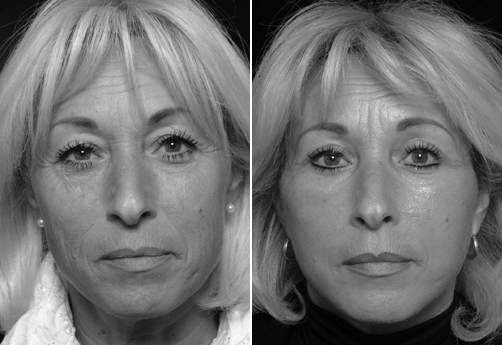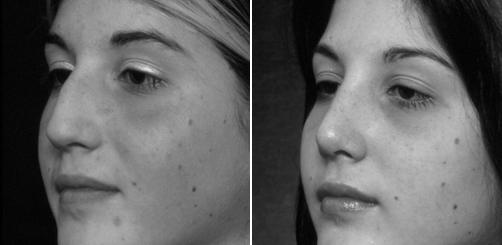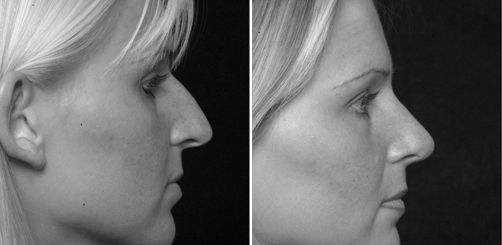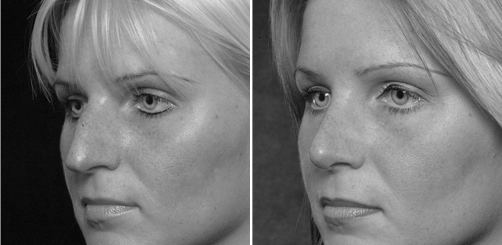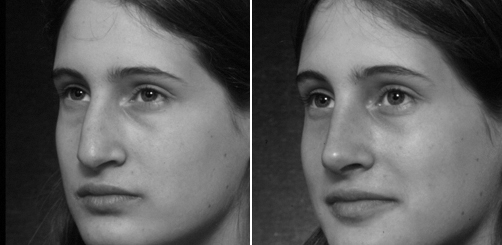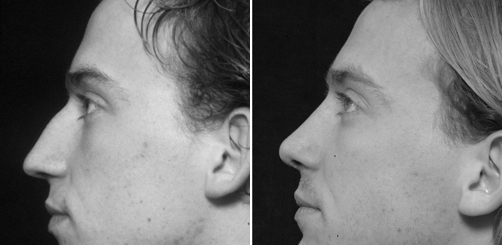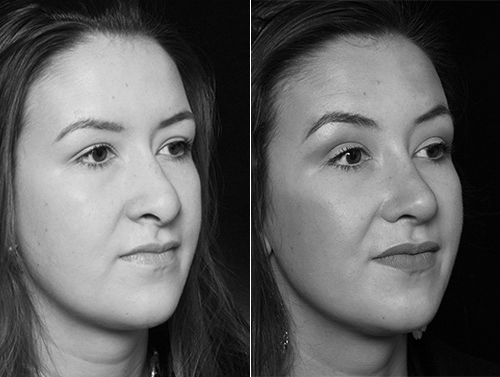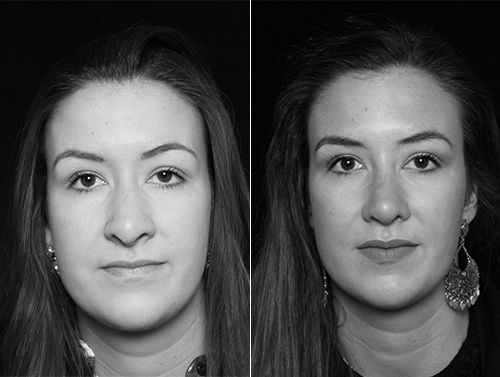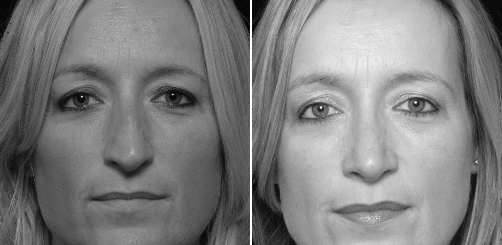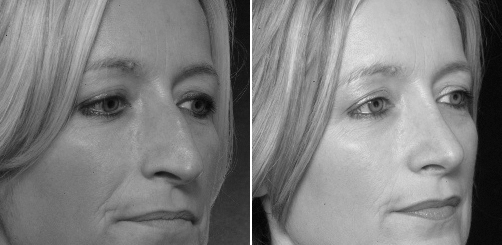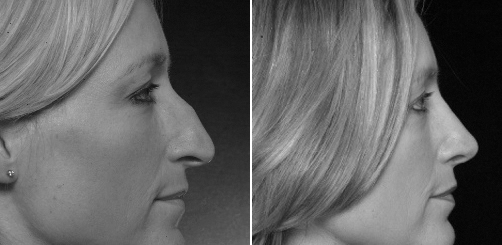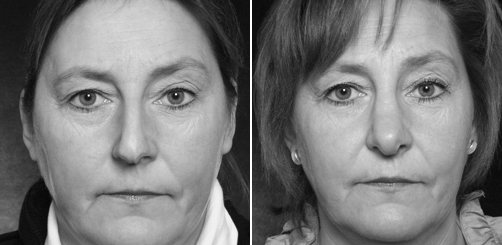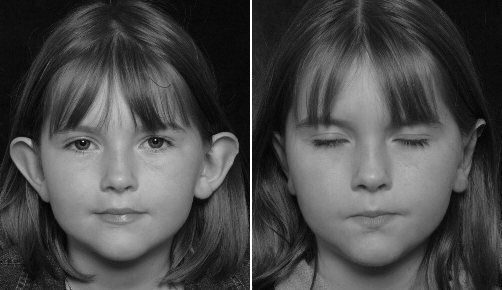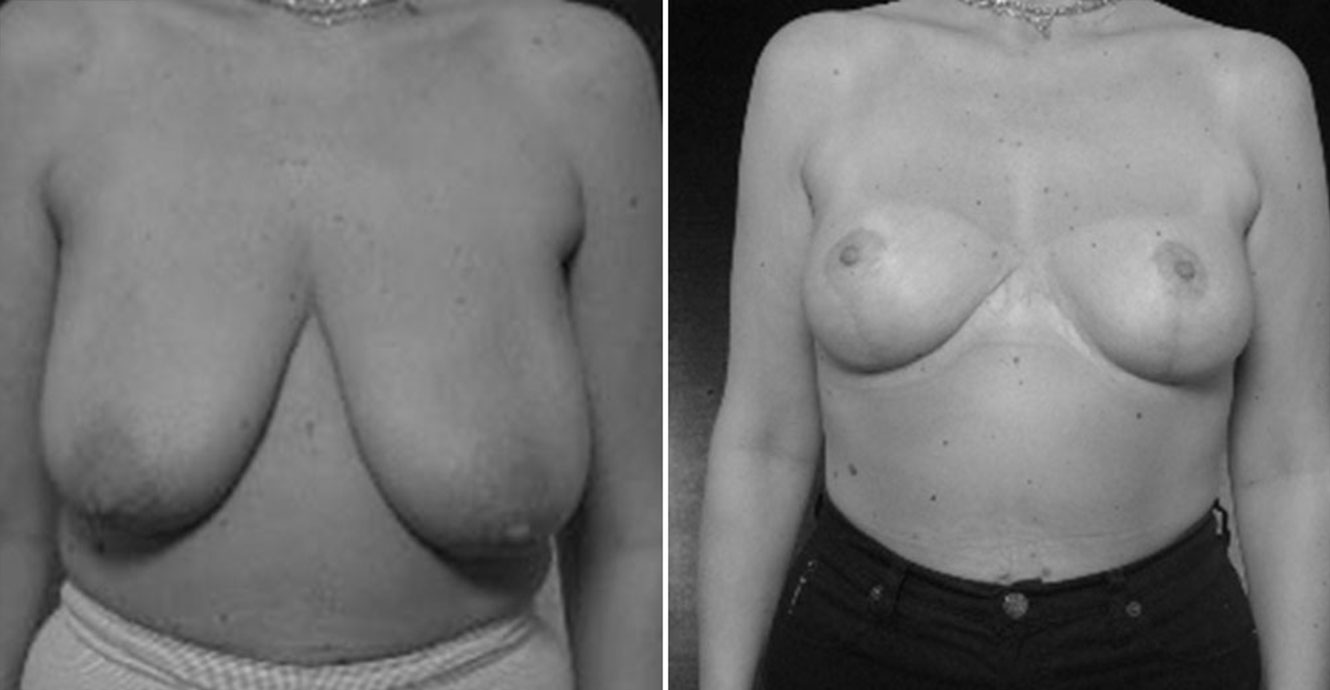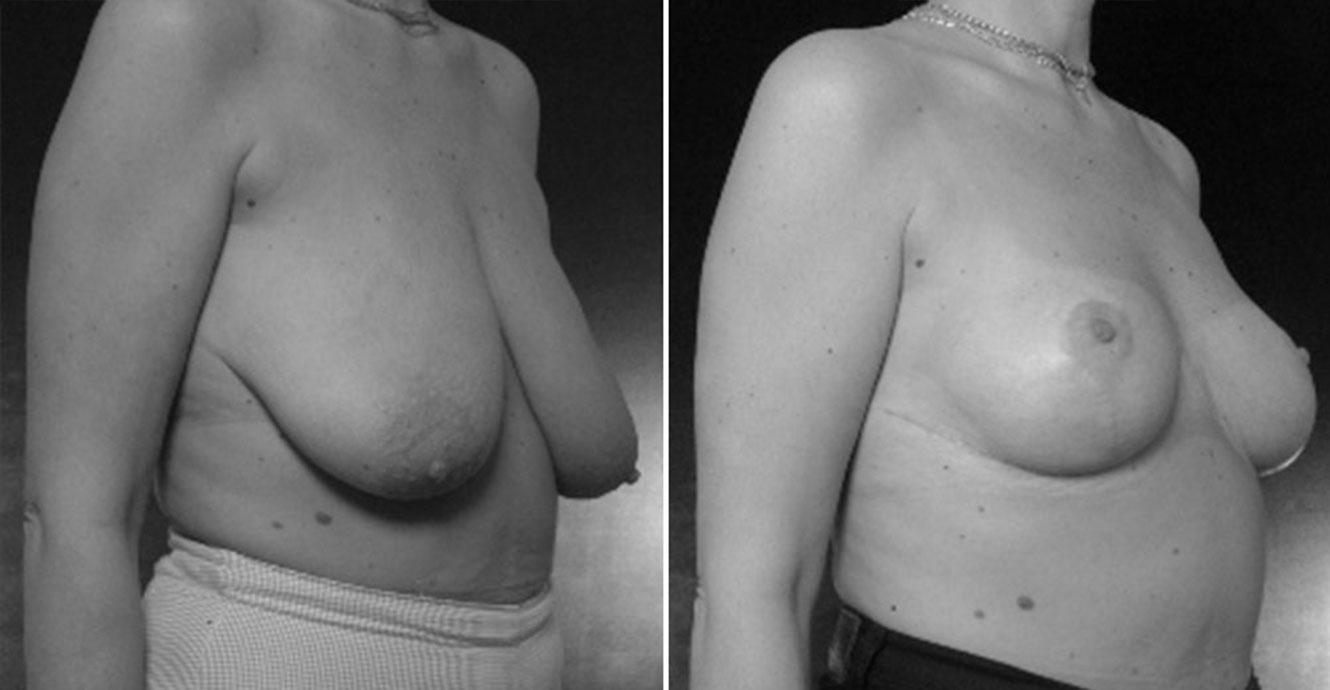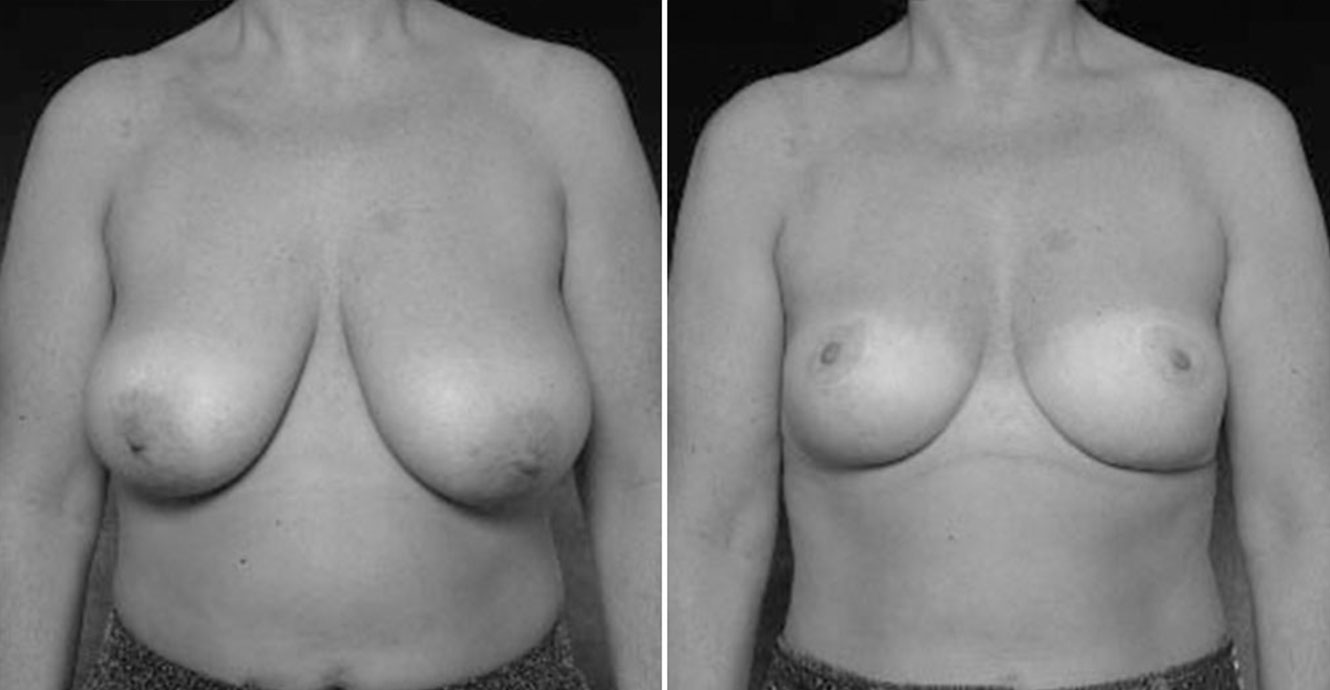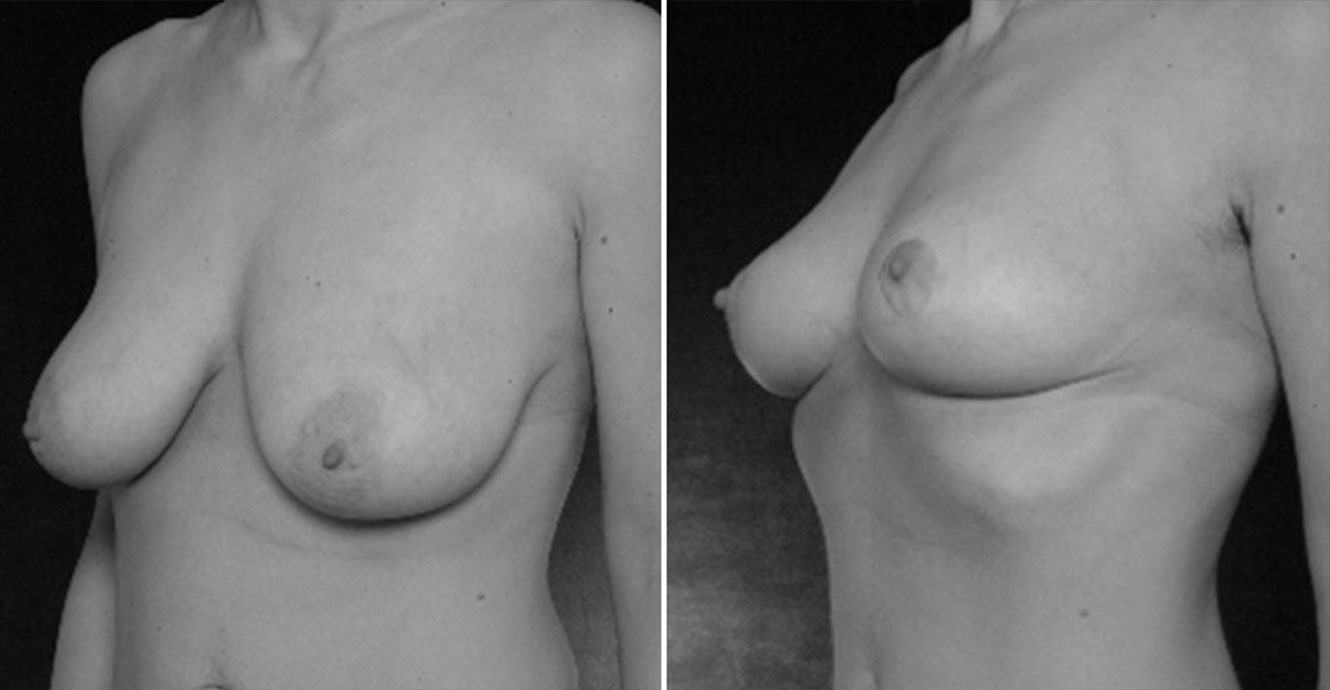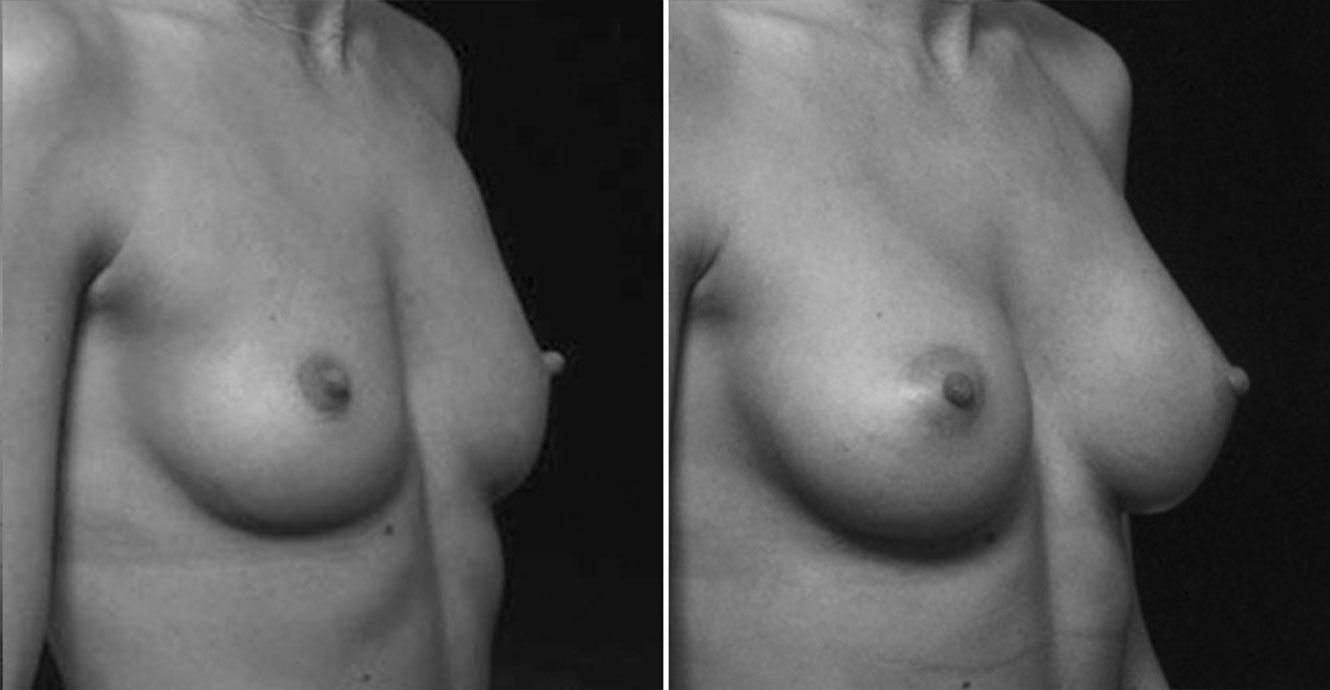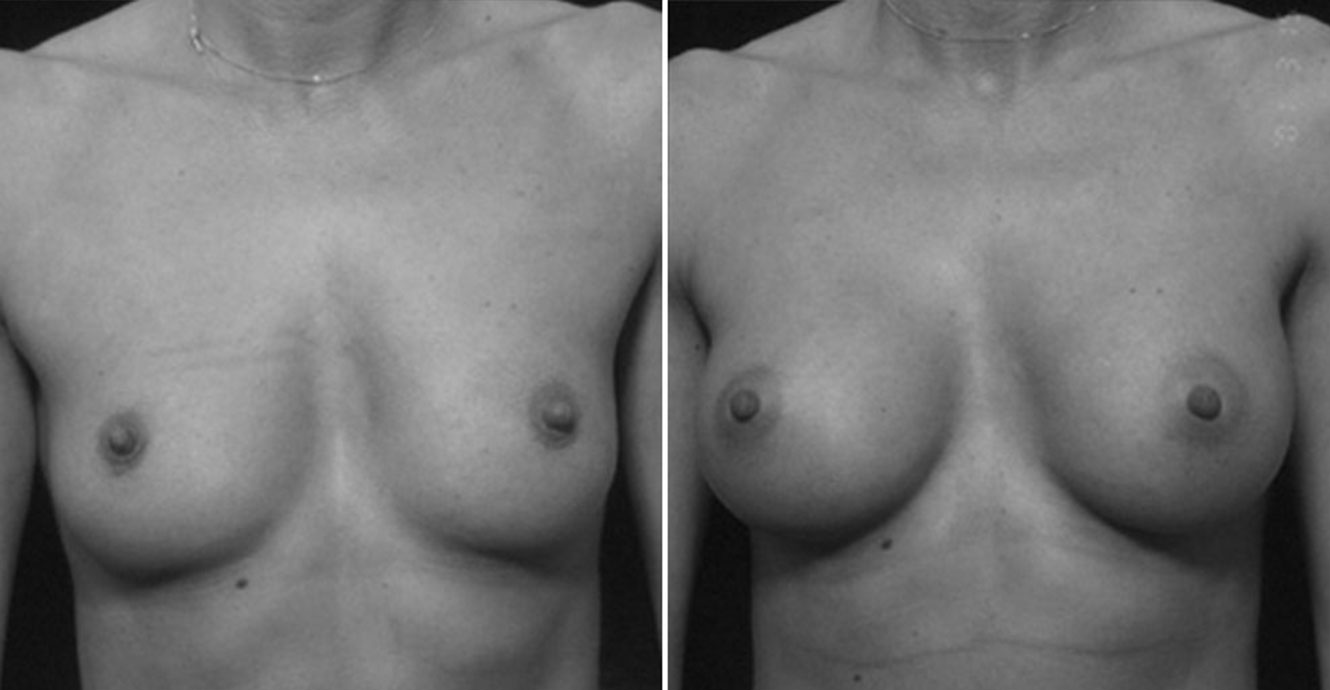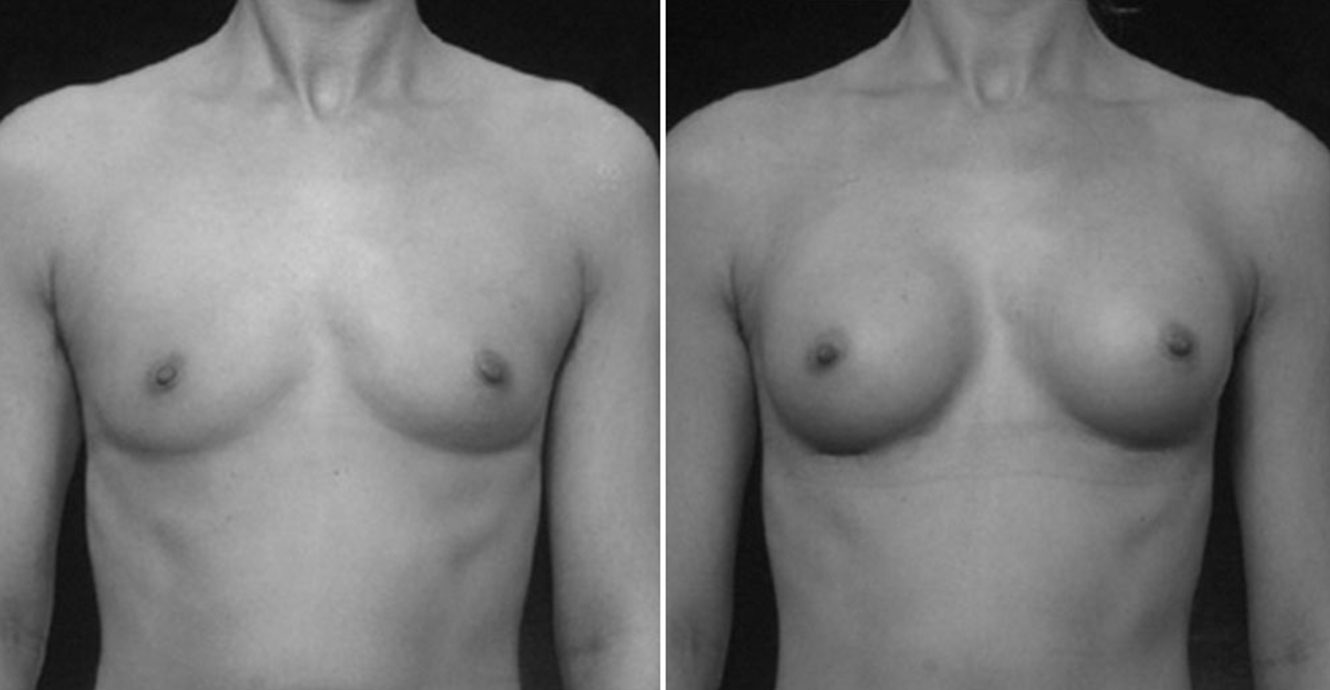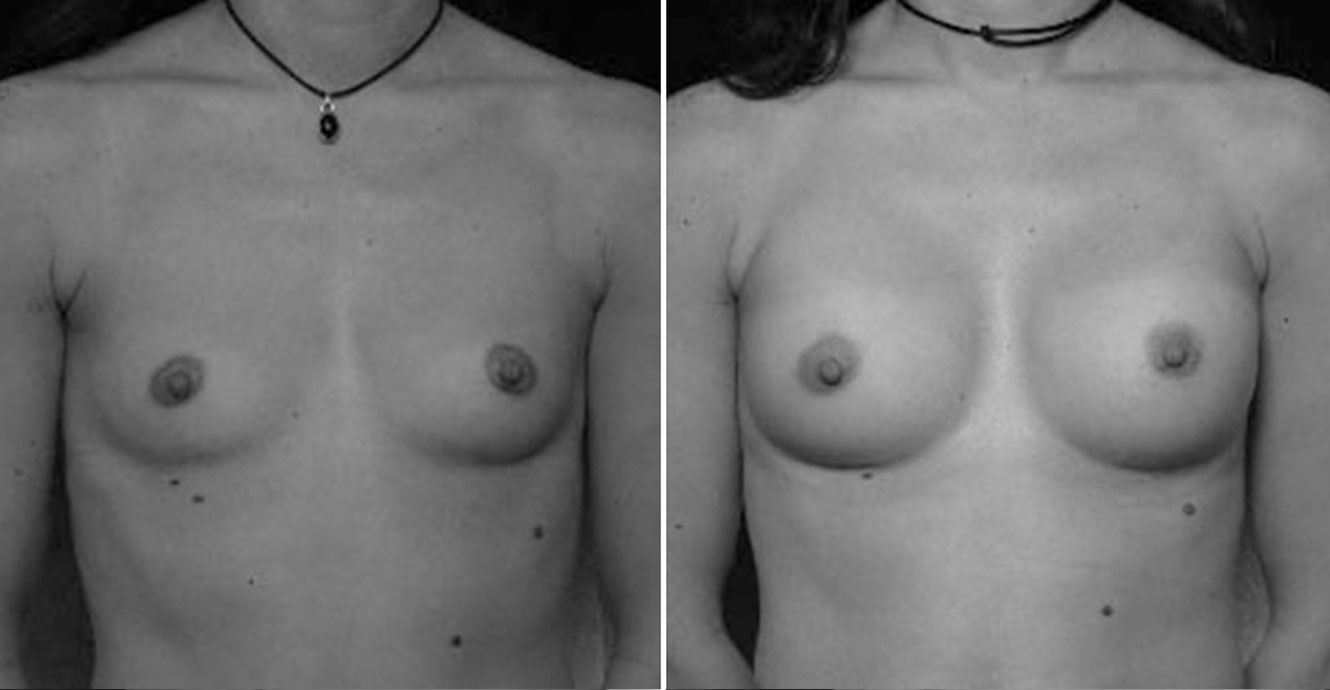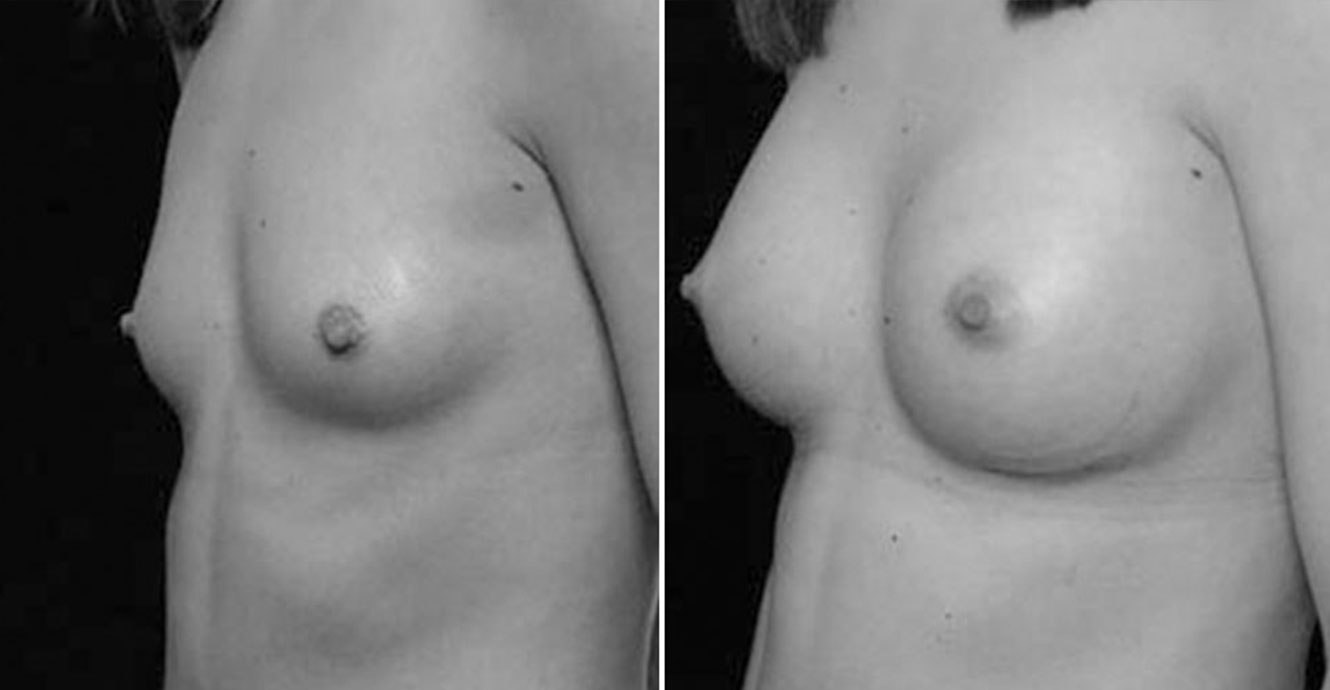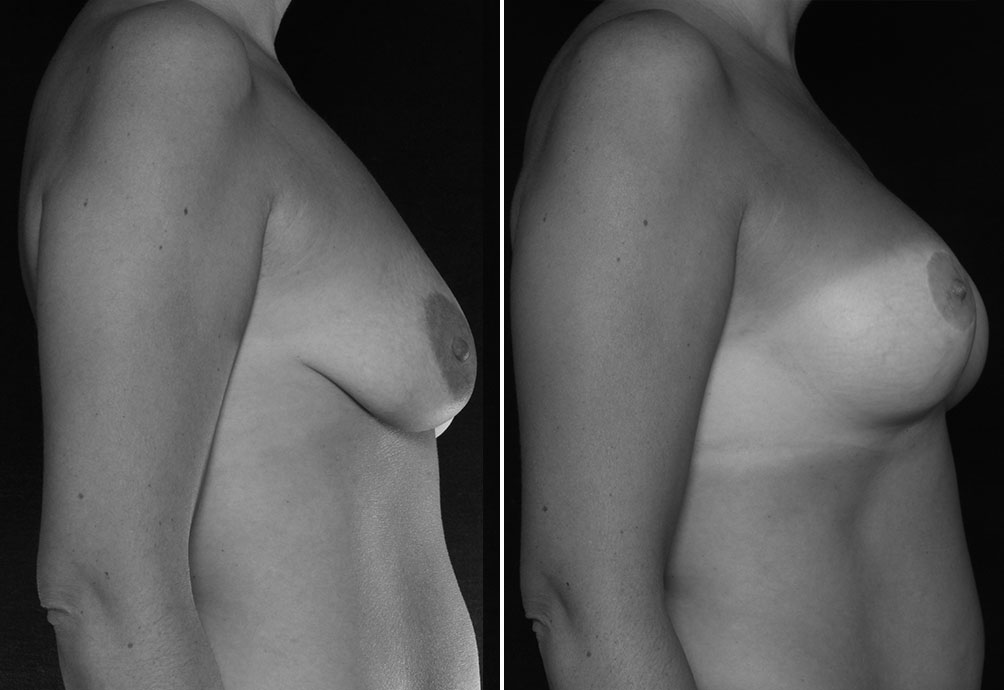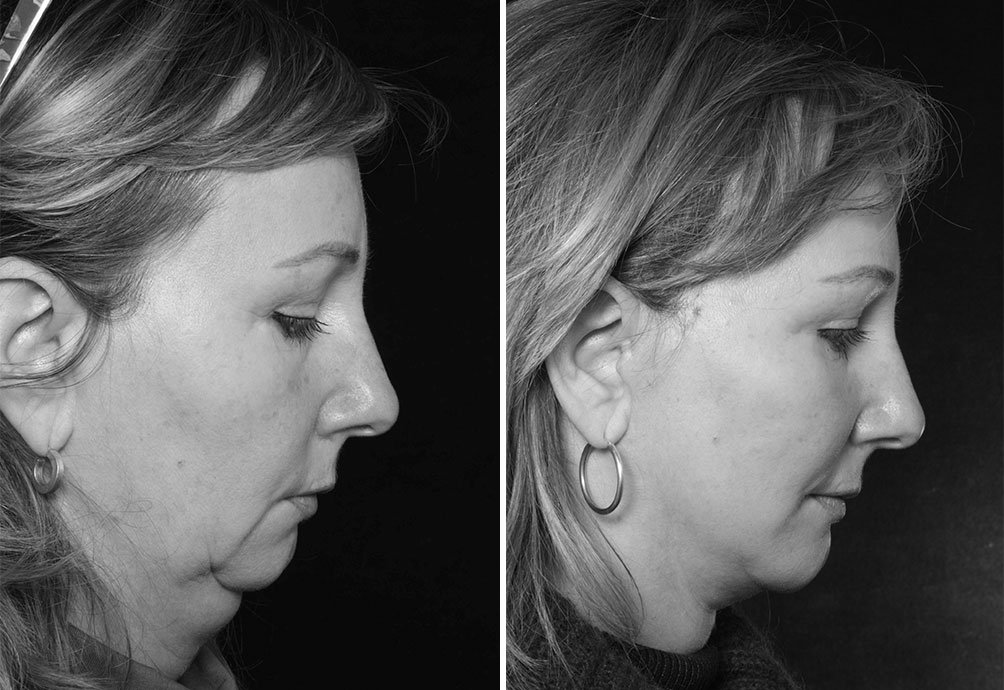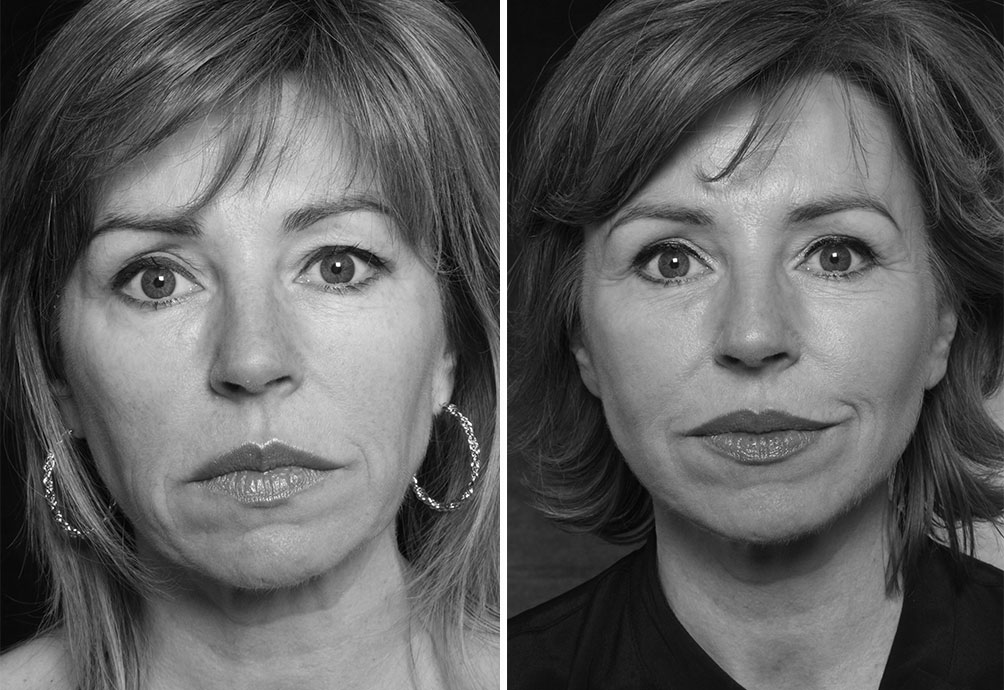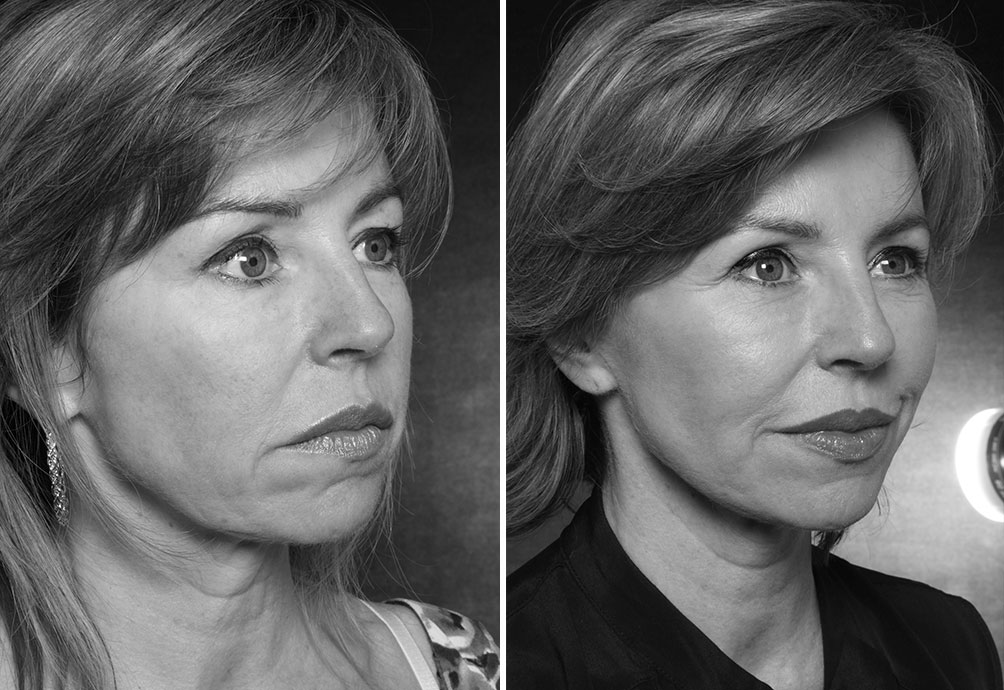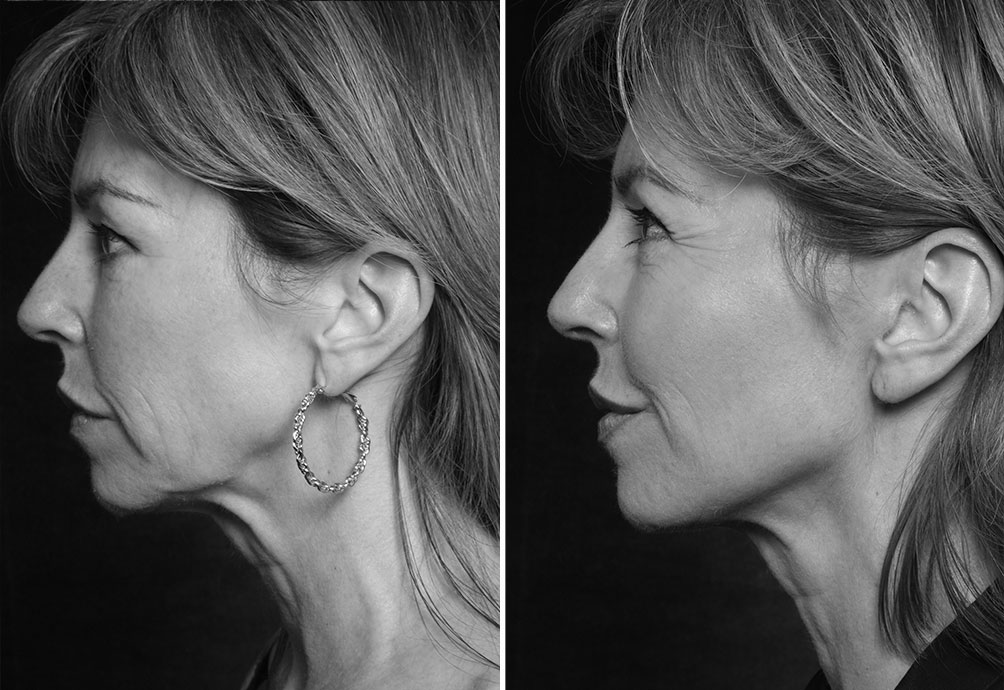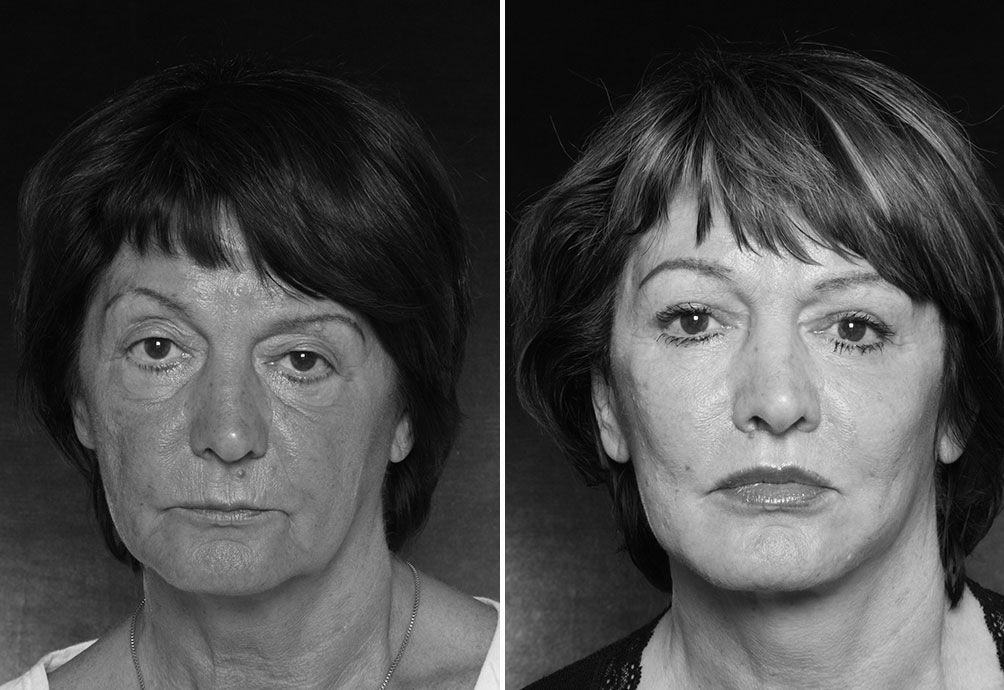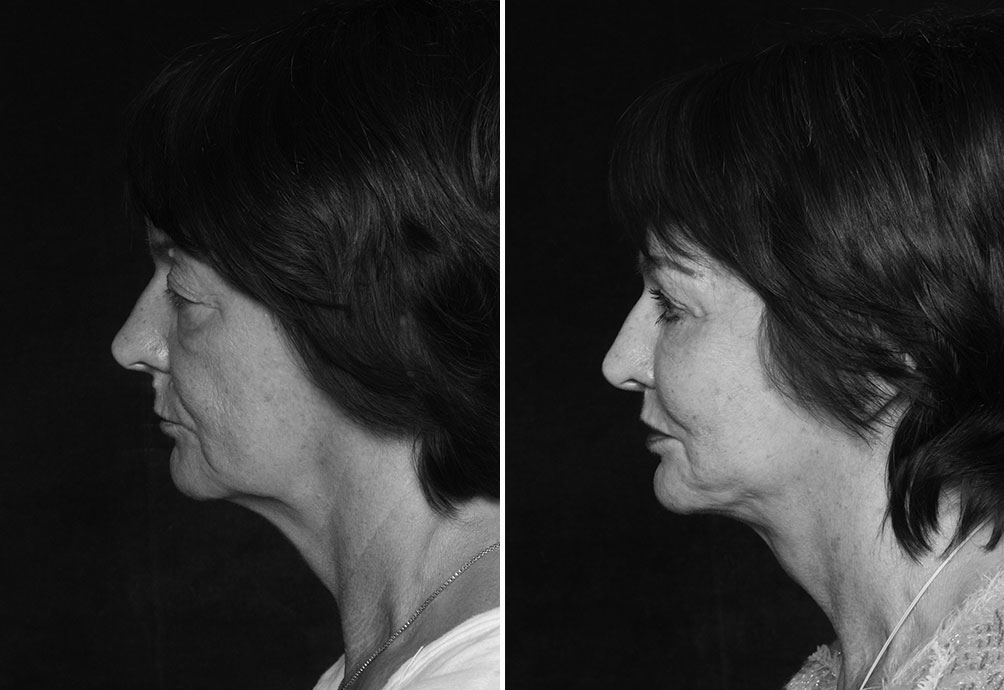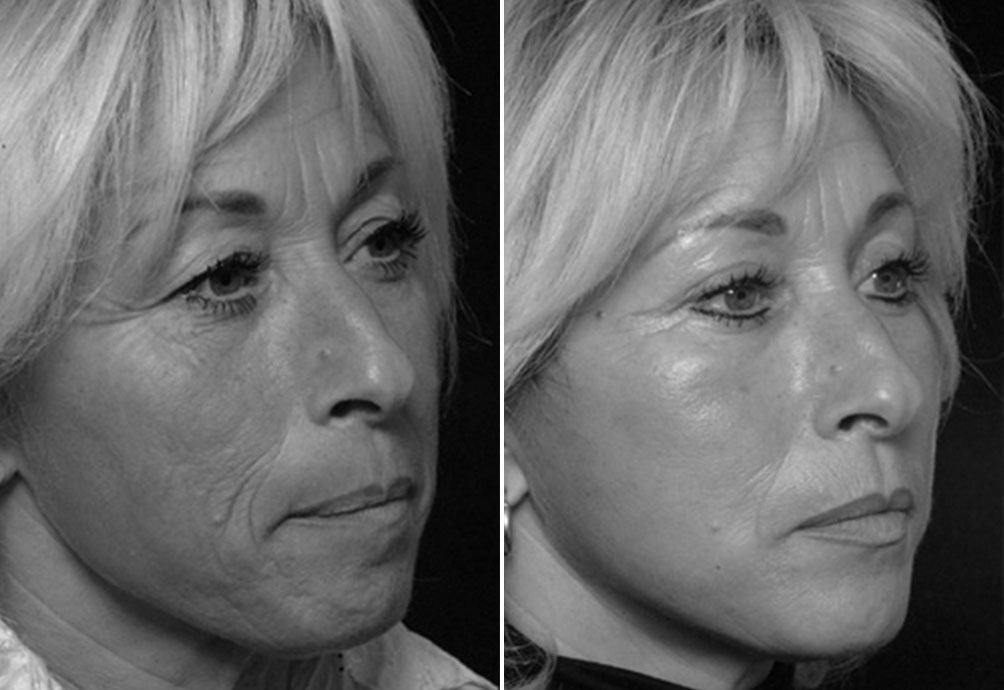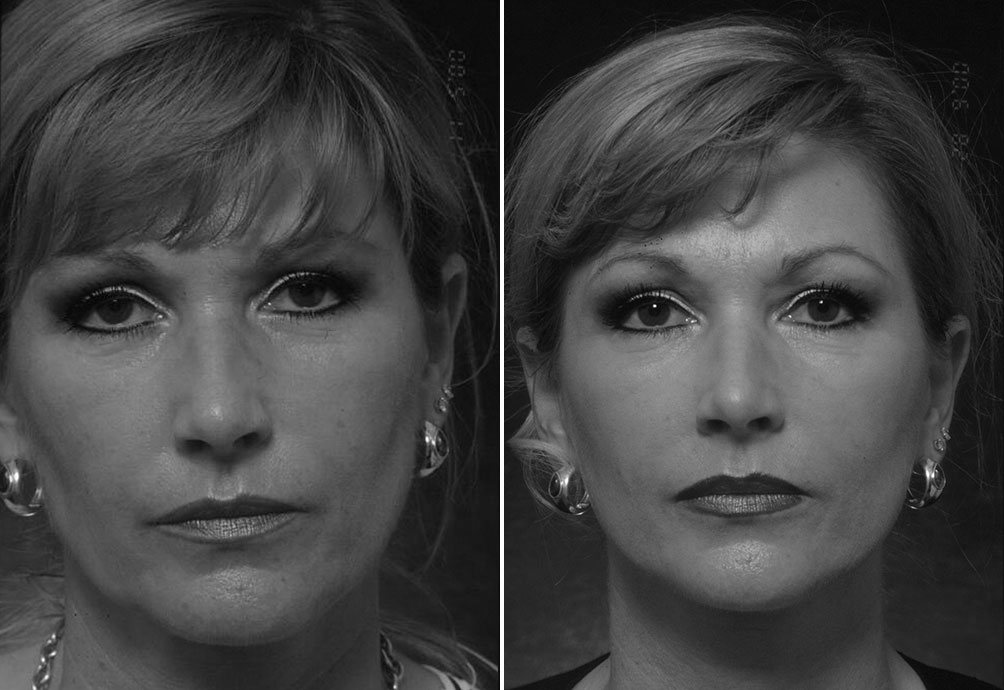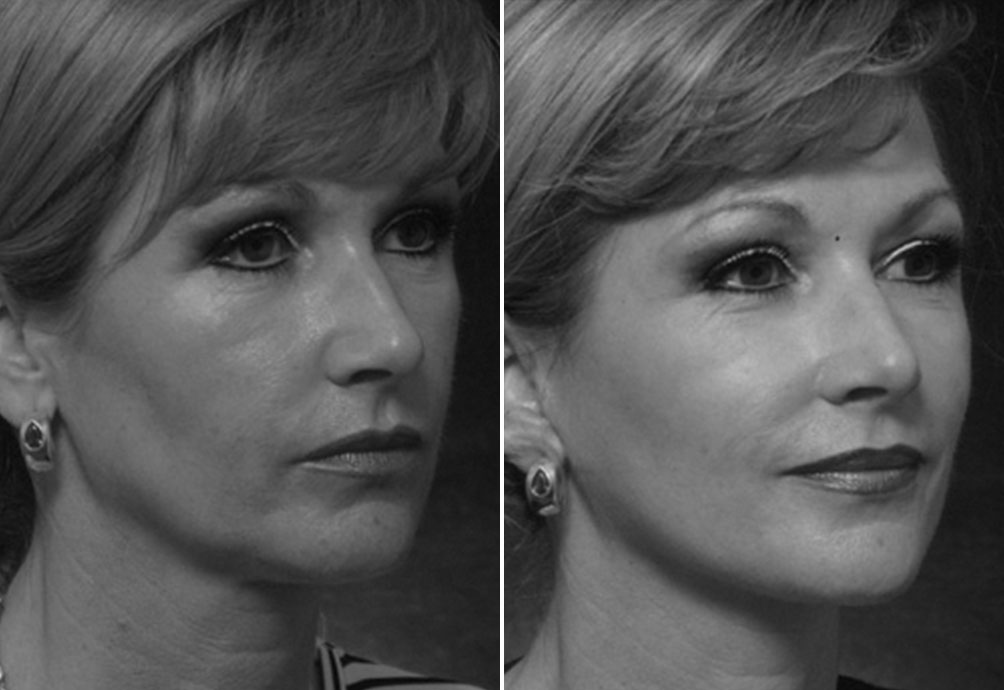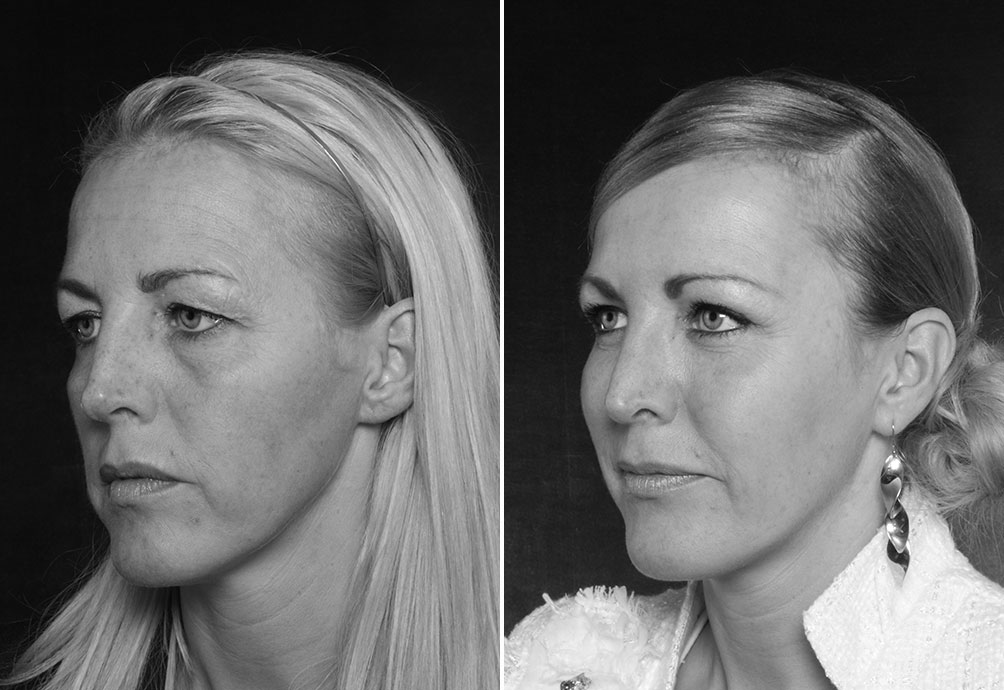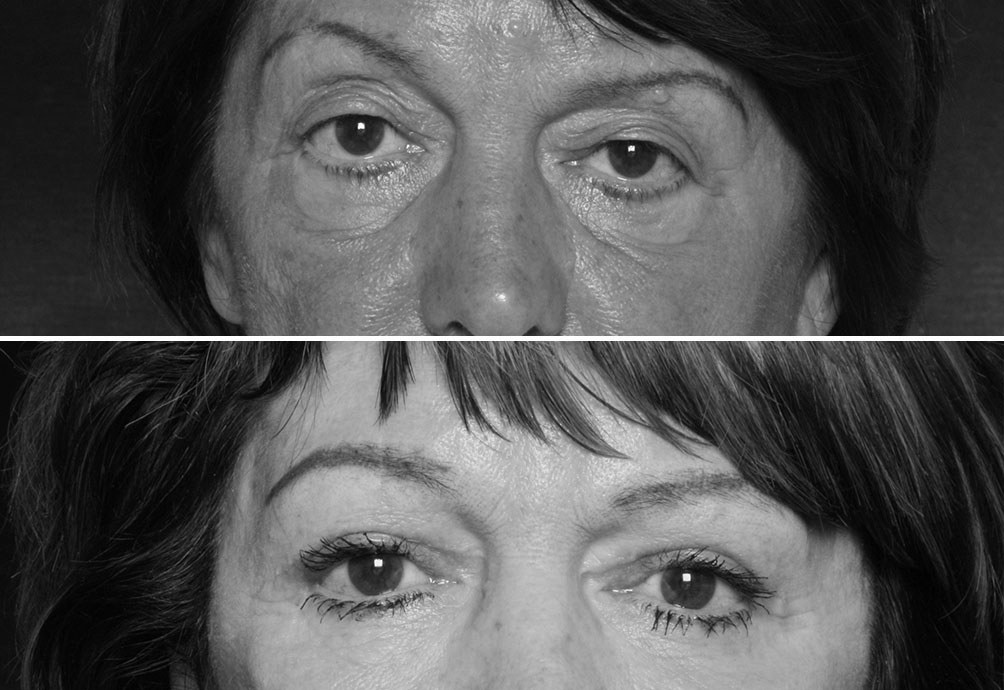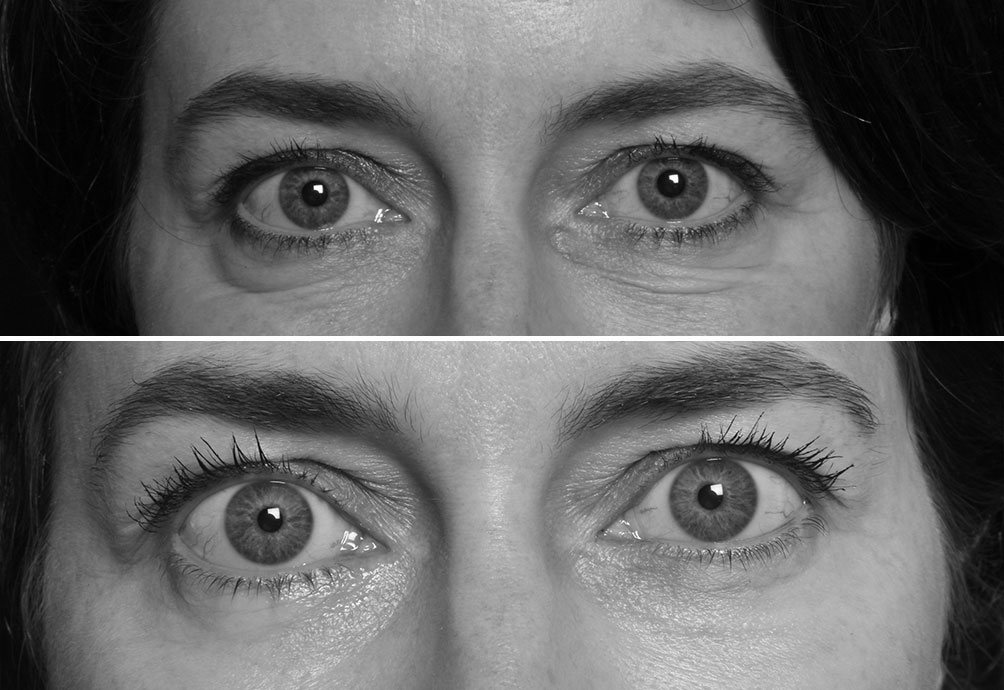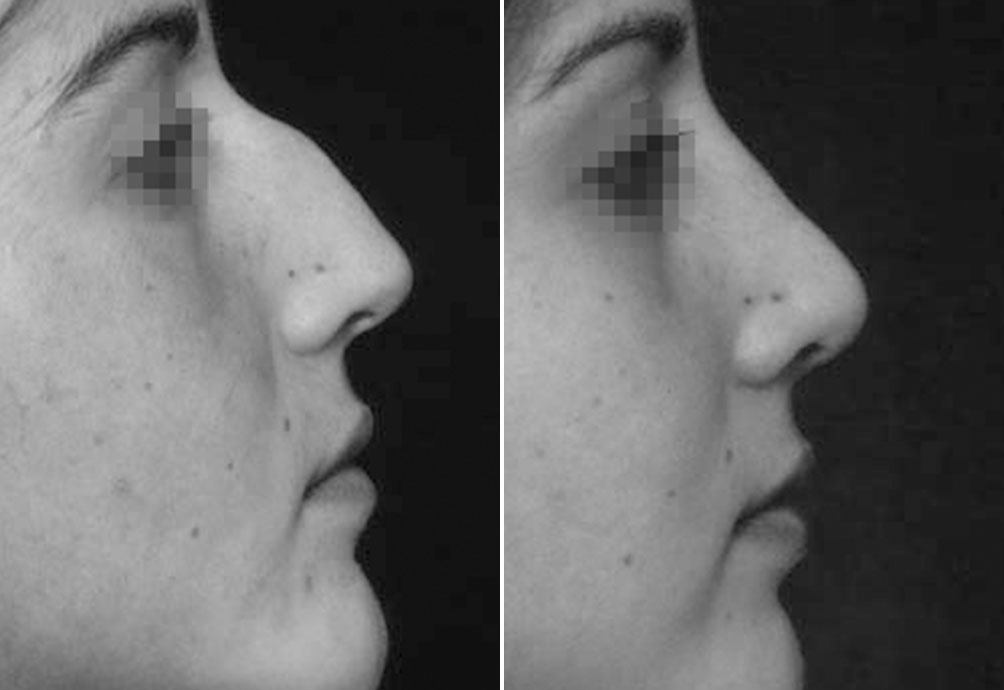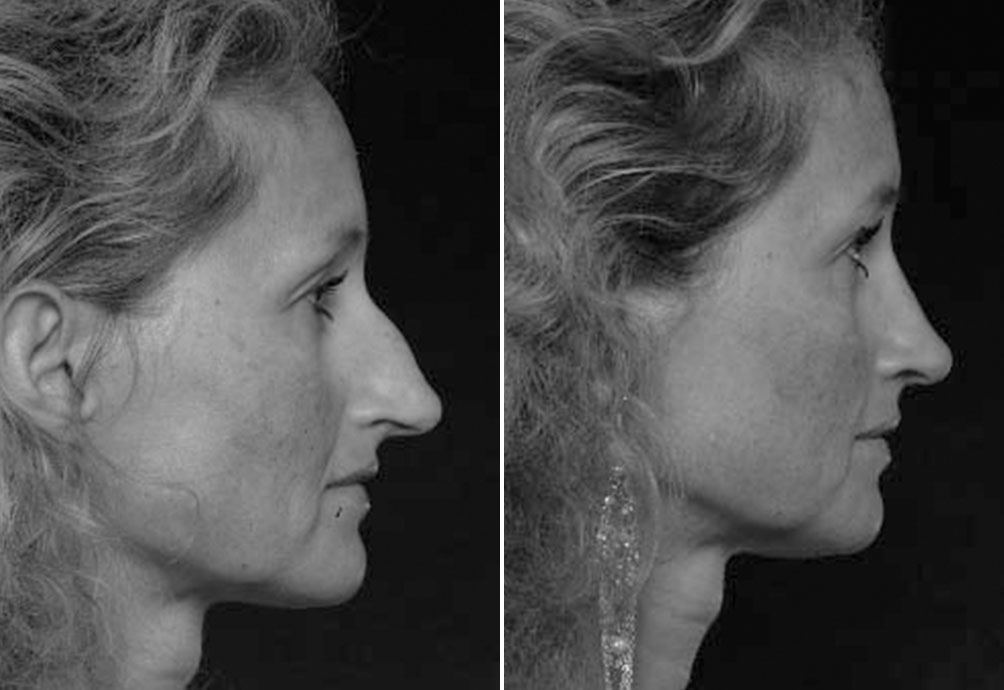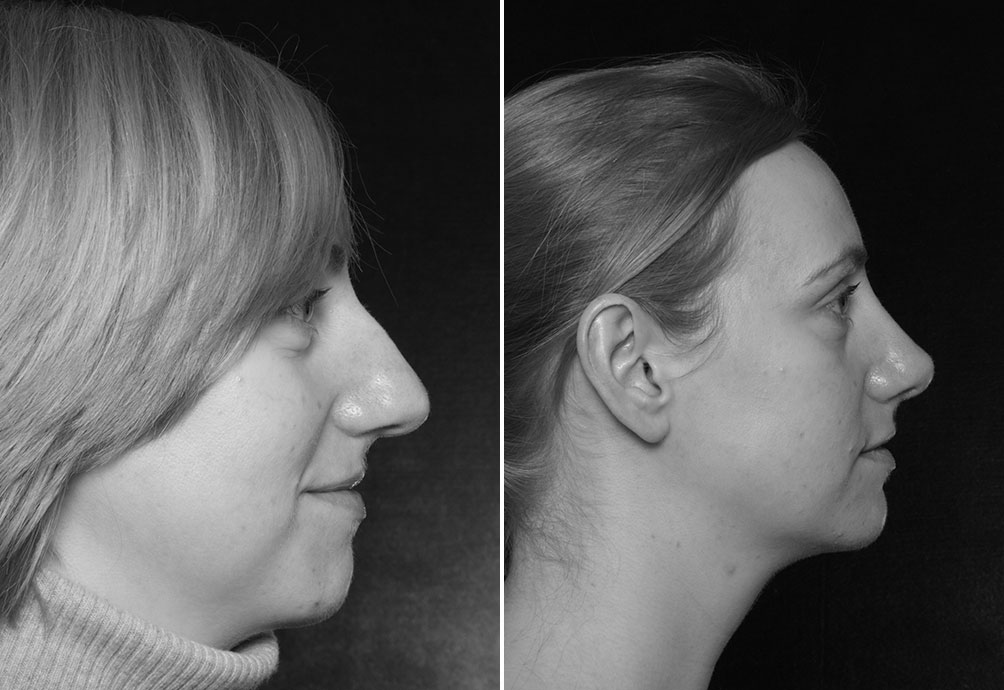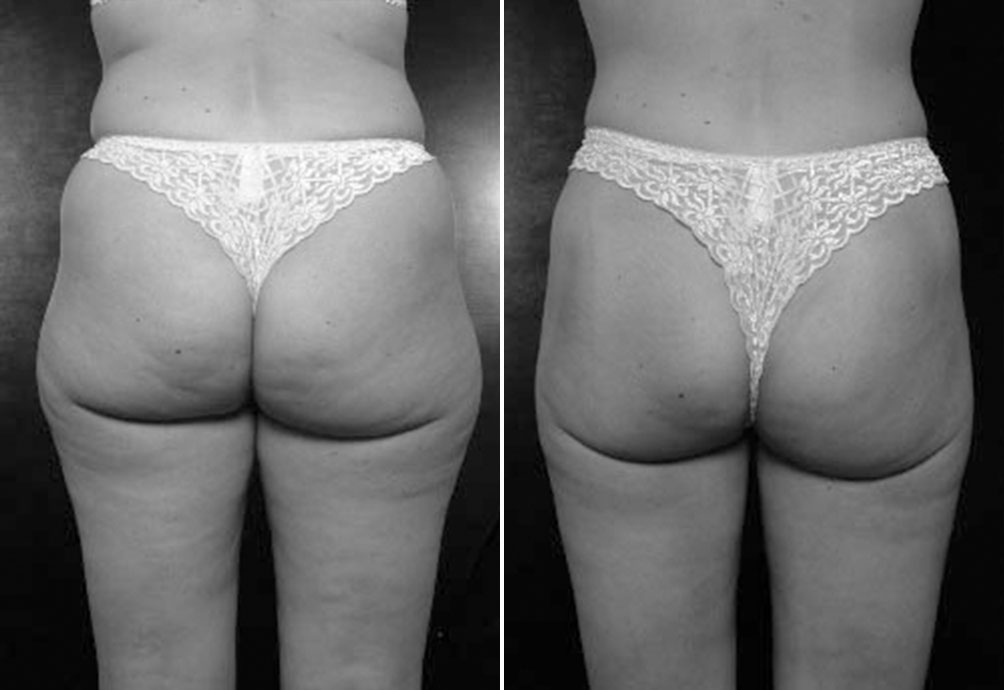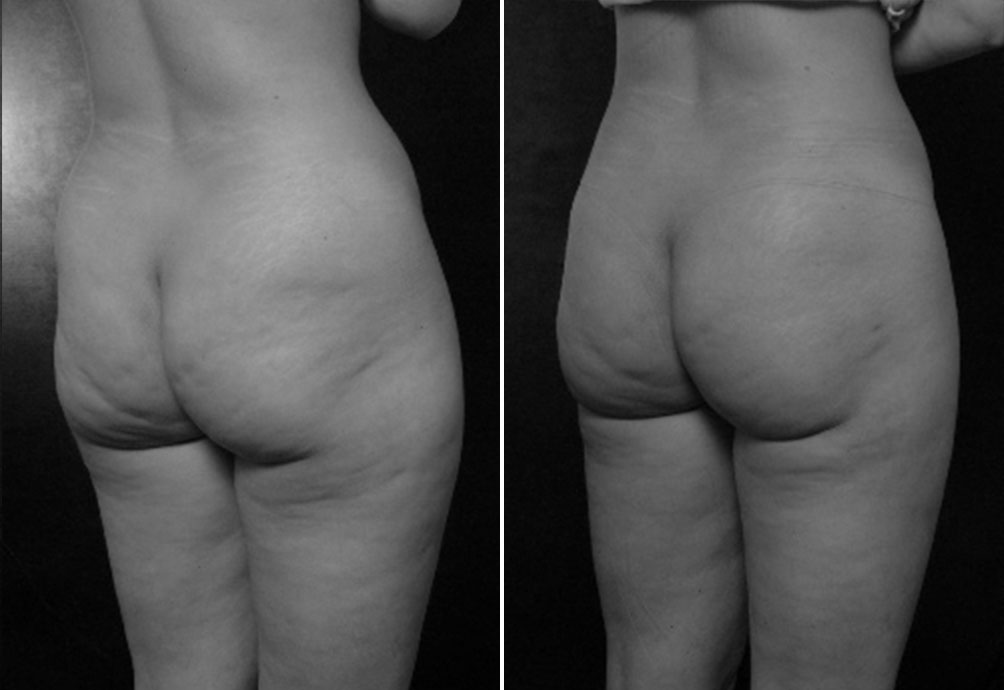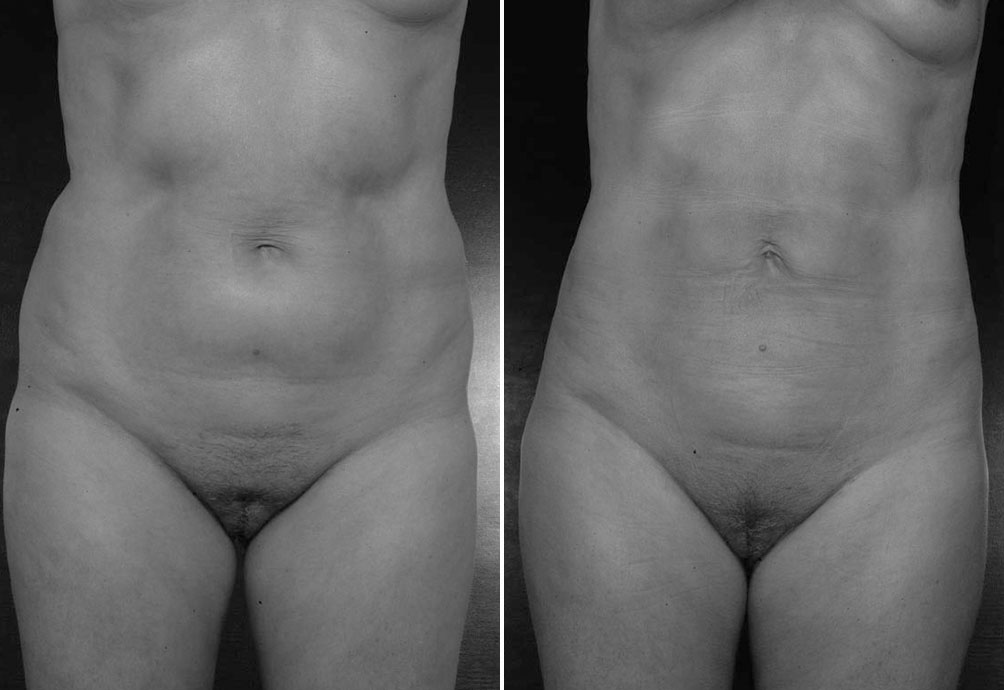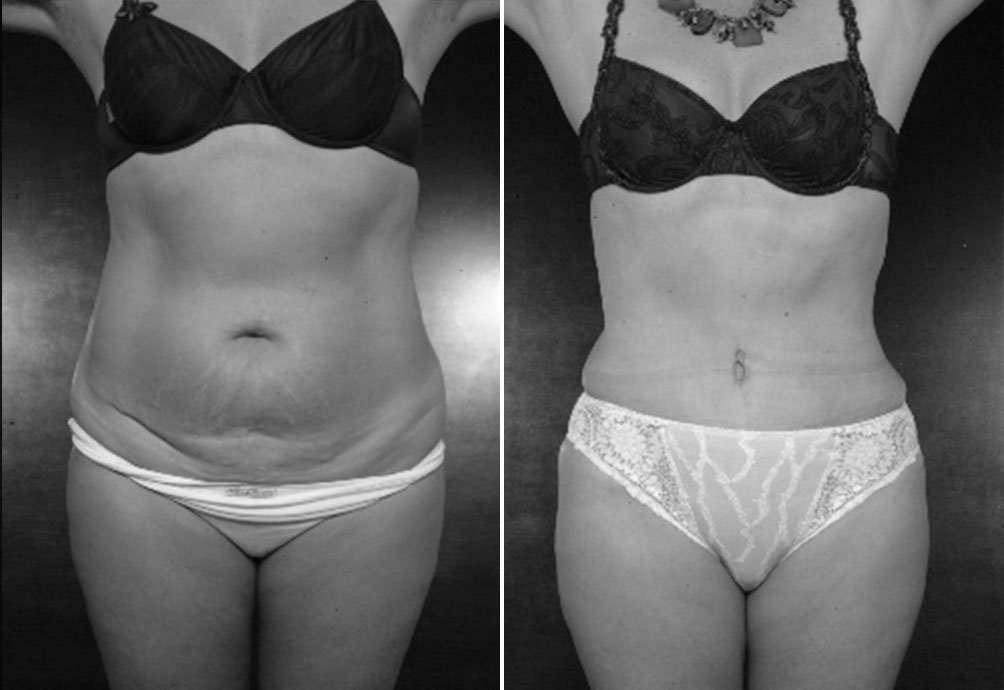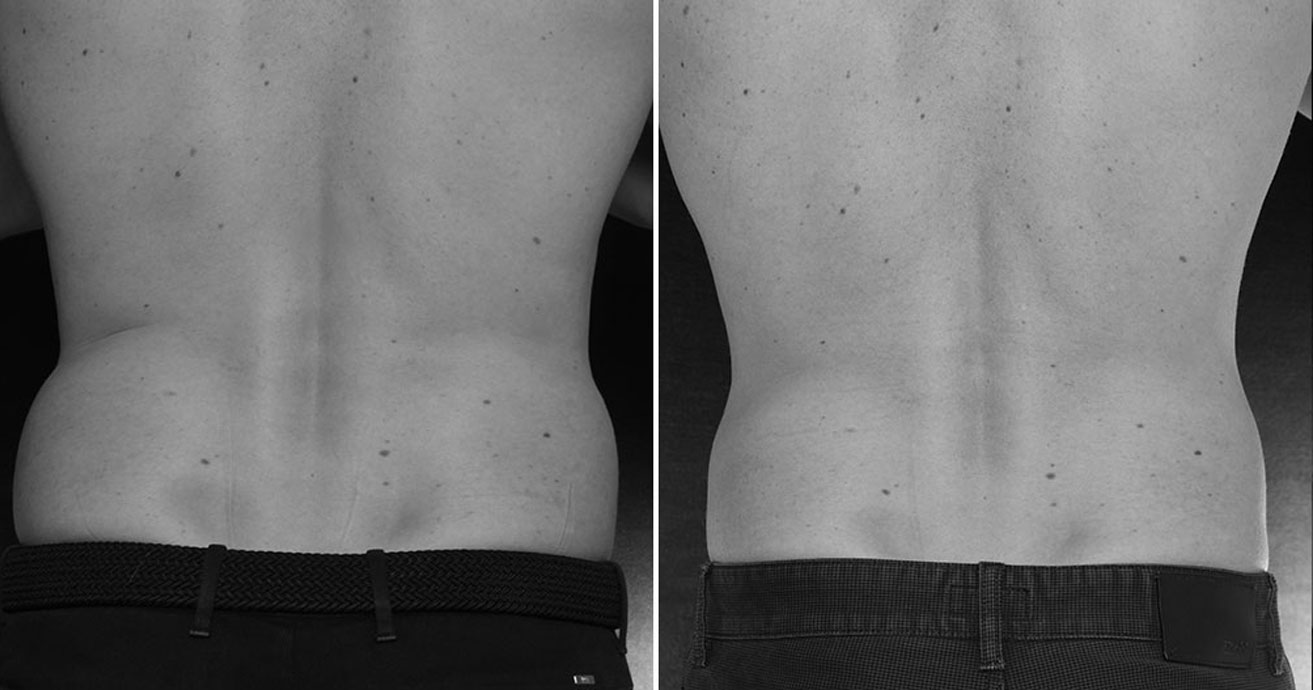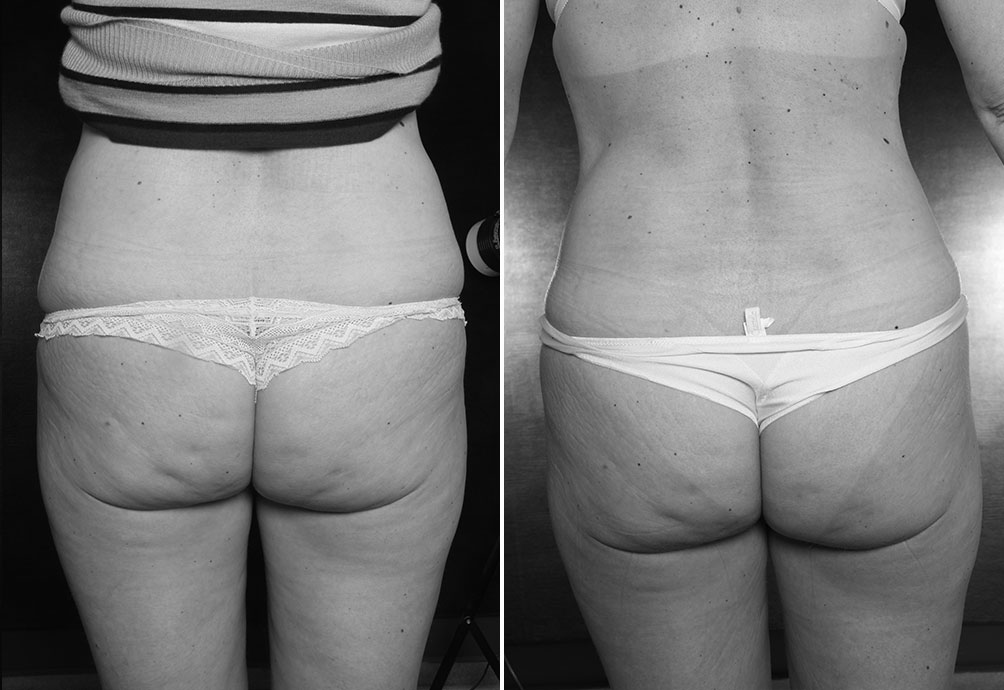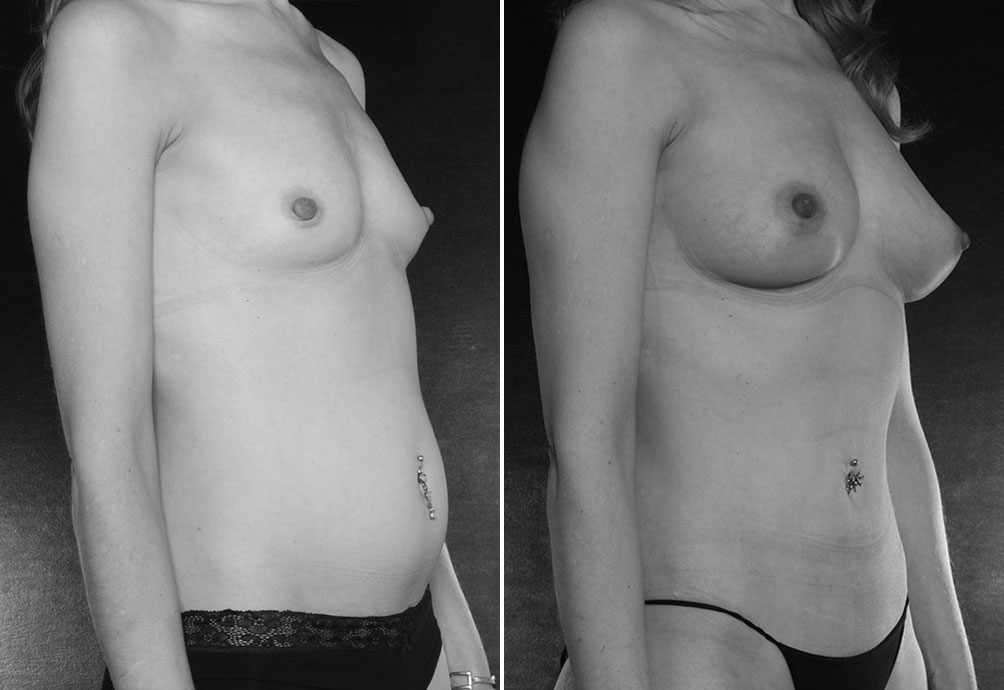31 Jan Skin resurfacing
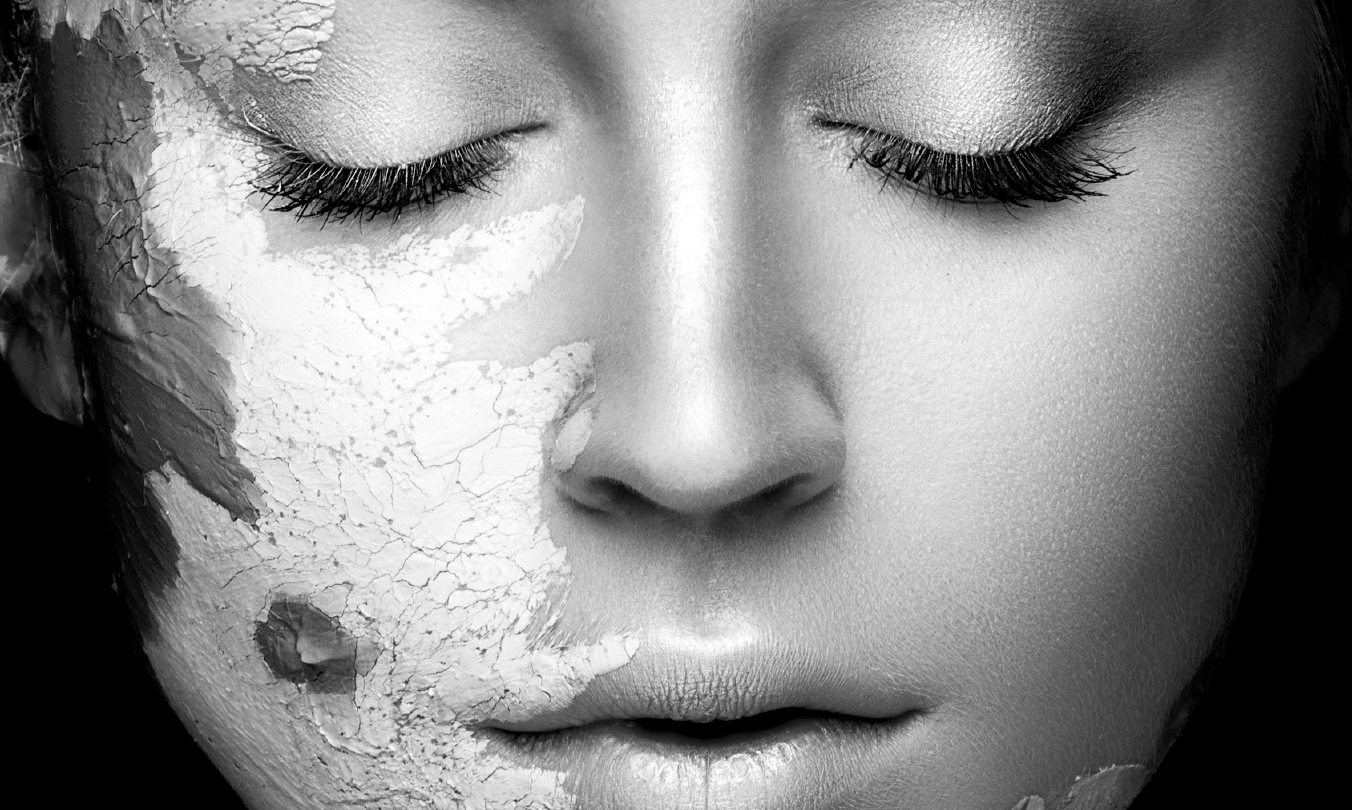
SKIN RESURFACING
There are three techniques with which to renew the surface of the skin:
- dermabrasion: mechanically removing a layer of skin
- laser: removing a layer of skin with high-energy light
- chemical peeling: removing a layer of skin with a chemical reaction
At first glance, all three techniques have the same effect: a layer of the old skin is removed to allow newer/younger skin to form. Nevertheless, dermabrasion is hardly used anymore these days, since it is difficult to remove skin with accuracy with a rotating instrument. The results were sometimes uneven.
Tonnard and Verpaele use the laser and chemical peeling techniques, which are two more modern methods of skin resurfacing.
- Chemical peeling with Croton Oil– Bensipeel®
Croton Oil is a vegetal liquid that is applied to the aged skin in various dilutions. It causes the upper layers of the skin, which contain the wrinkles, to come off, allowing the skin to repair itself by forming a new surface layer. Compared to most other peelings on the market (TCA, salicylic acid, glycolic acid, etcetera), Croton Oil has a stronger effect on wrinkles and makes the skin tighter. Studies have shown that after treatment with Croton Oil, the skin’s collagen will improve, as well as the elastin, which is especially important for the elasticity of the skin. These two effects make Croton Oil unique.
This peeling is used to treat facial skin with extreme sun damage, wrinkles around the mouth, wrinkles and sagging around the eyes and acne scars.
The skin will usually heal in eight to ten days, depending on the depth of the peeling. Since the skin will peel off during the recovery period, it is best to take some time off work. Afterward, the skin will be slightly red for circa six to eight weeks.
This video shows Dr Verpaele undergoing a Croton Oil peeling of his lower eyelids. The technical aspects of the procedure are explained and you can see the various stages of the recovery process for yourself. - Erbium YAG laser resurfacing
Skin resurfacing via laser treatment involves the careful evaporation of a thin layer of skin, which will reduce the severity of wrinkles and make the skin smoother.
There are various types of lasers that can be used to resurface the skin. The first generation mainly consisted of CO2 lasers, which, although effective, also caused a lot of side-effects (long-term redness, lasting discolouration, etcetera).
The Erbium-YAG is known as a “cold laser” because it does not heat the underlying skin above a temperature of 44° C. This keeps the skin cells healthy and allows the surface of the skin to recovermuch quicker. This laser, which Tonnard and Verpaele also use, reduces wrinkles without causing long-lasting redness and with a negligible risk of discolouration. It is mainly used to treat wrinkles on the upper and bottom lip and around the eyes. Scars resulting from acne or other causes can often also be treated with the Erbium-YAG laser.
The recovery period is circa eight days, so it is advisable to take some time off work.
More information about this treatment is available via this link.
RELATED TREATMENT
ABRASIVE LASER / ERBIUM LASER
Intensive laser treatment for localised deeper wrinkles and scars...
BLEPHAROPLASTY
Sagging upper eyelids, a tired appearance and bags under the eyes can be treated with a blepharoplasty procedure....
EAR PINNING
Outward-pointing ears can be a significant psychological burden. This problem can be treated with a simple procedure that involves making an inconspicuous incision behind the ear....
EYEBROW LIFT/TEMPORAL LIFT
Corrects a sad look caused by sagging eyebrows. This procedure is often combined with a MACS-lift and blepharoplasties. The scars are hidden above the hairline....
LIP ENLARGEMENT/ LIP REJUVENATION
The mouth expresses many emotions. Filling the lips can produce beautiful effects, yet the quality of the skin and the shape of the lips are just as important. A lip lift is very rejuvanating....


